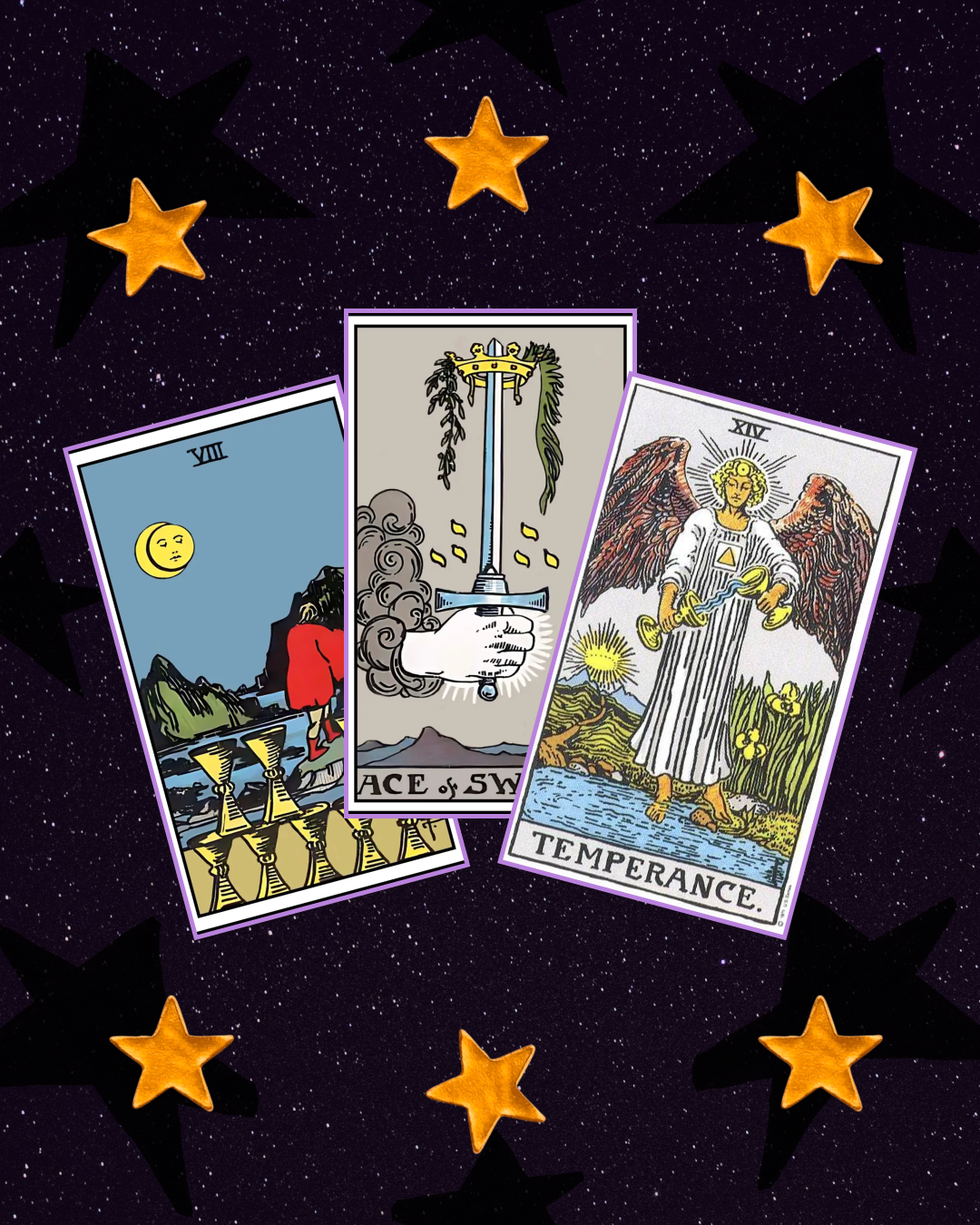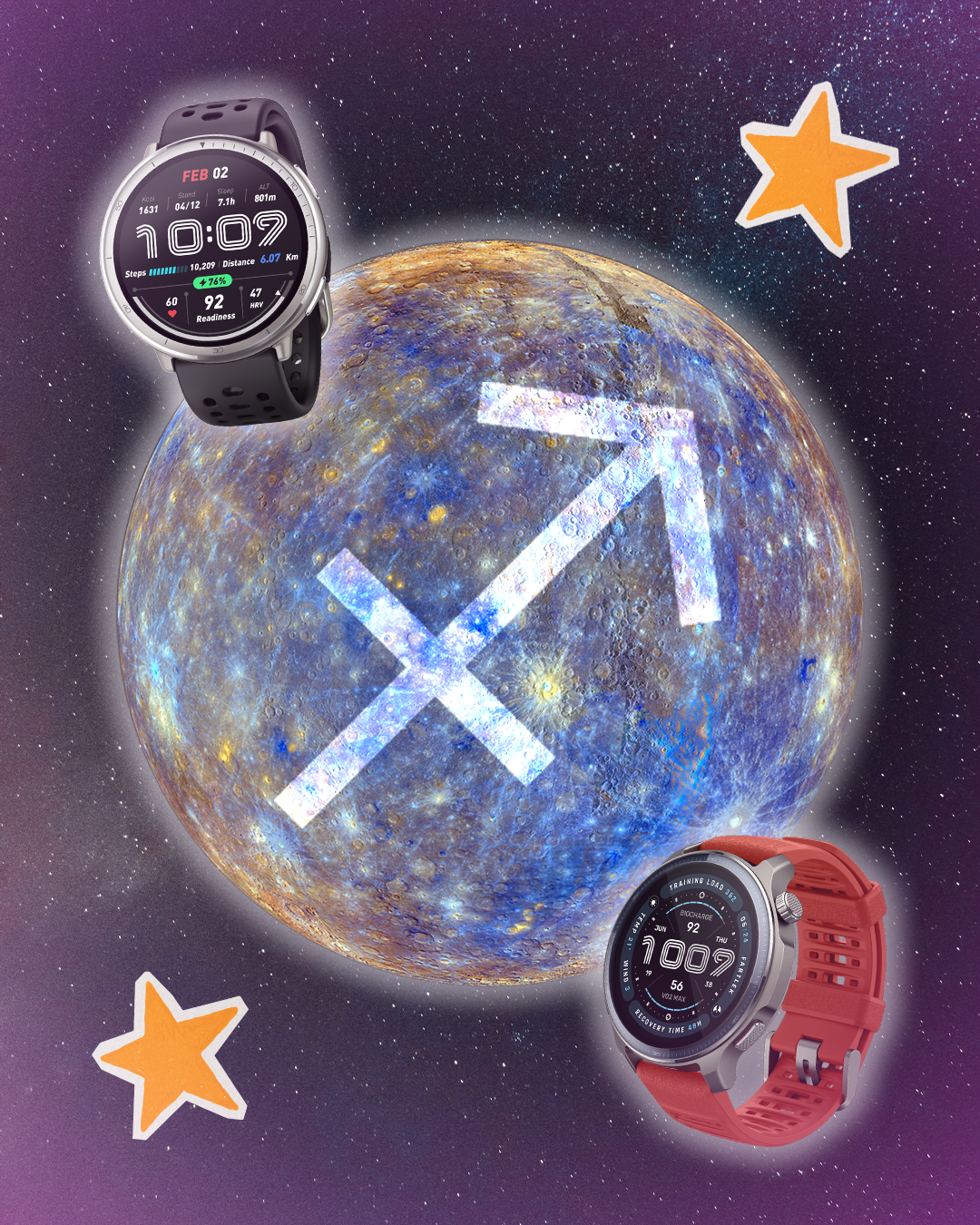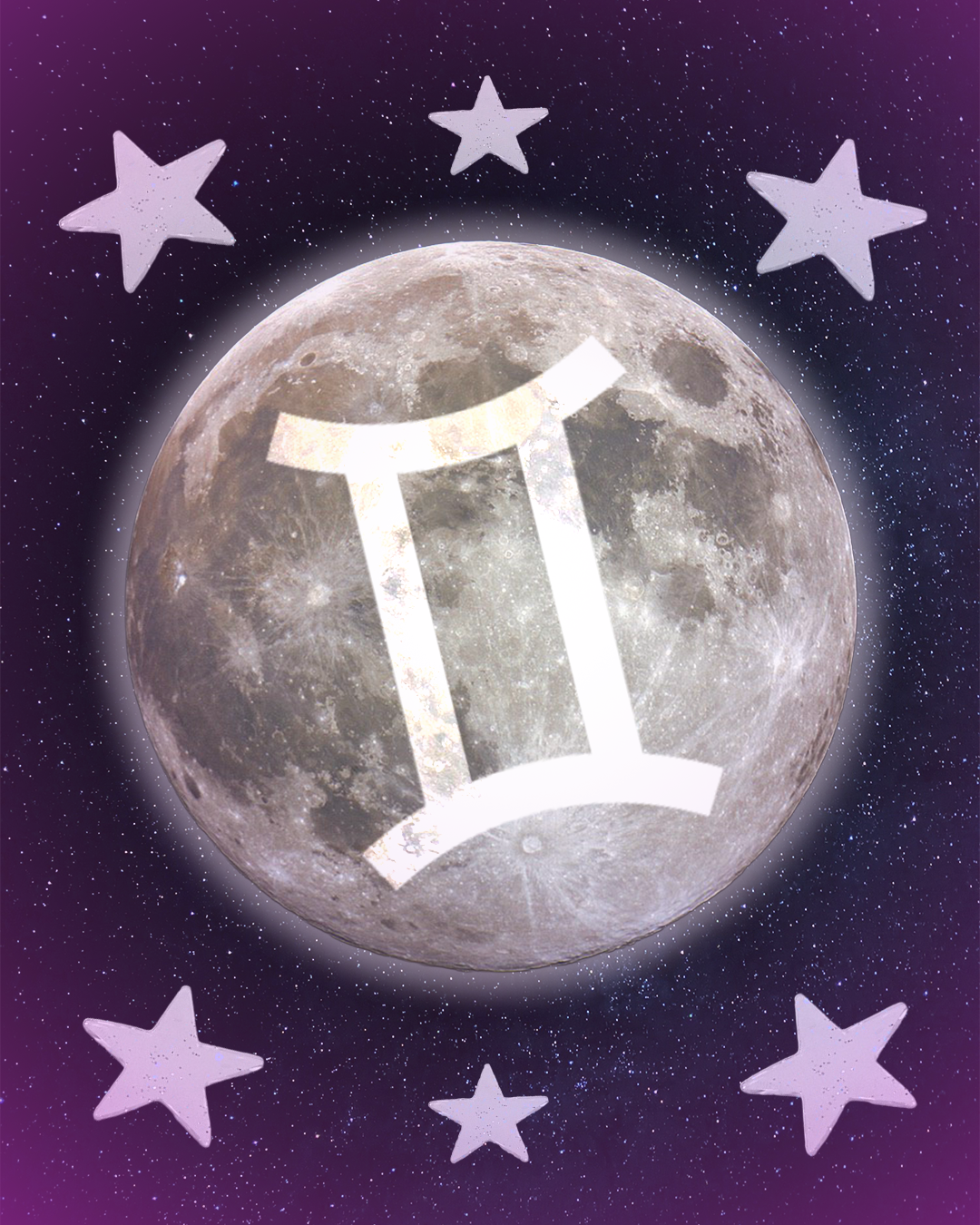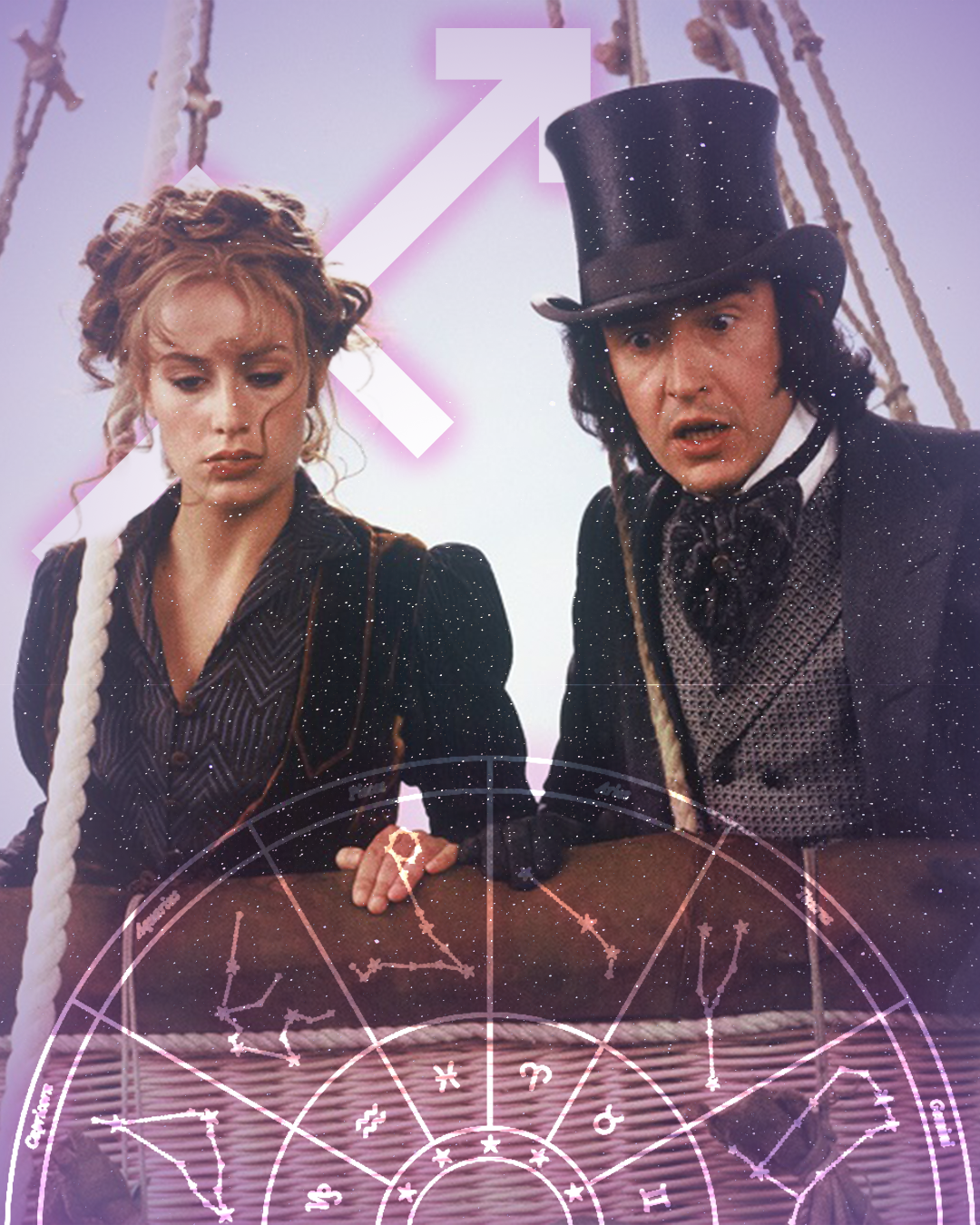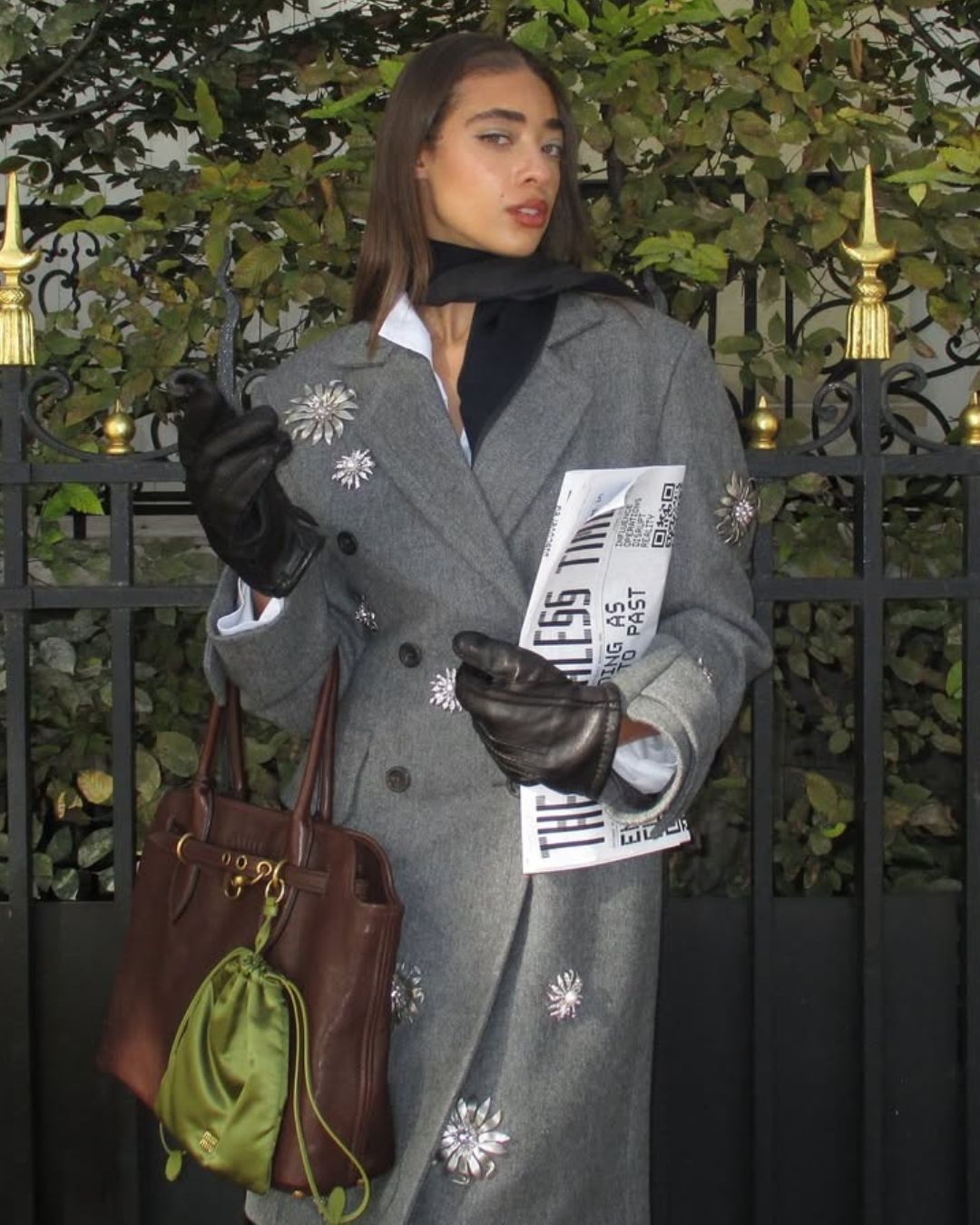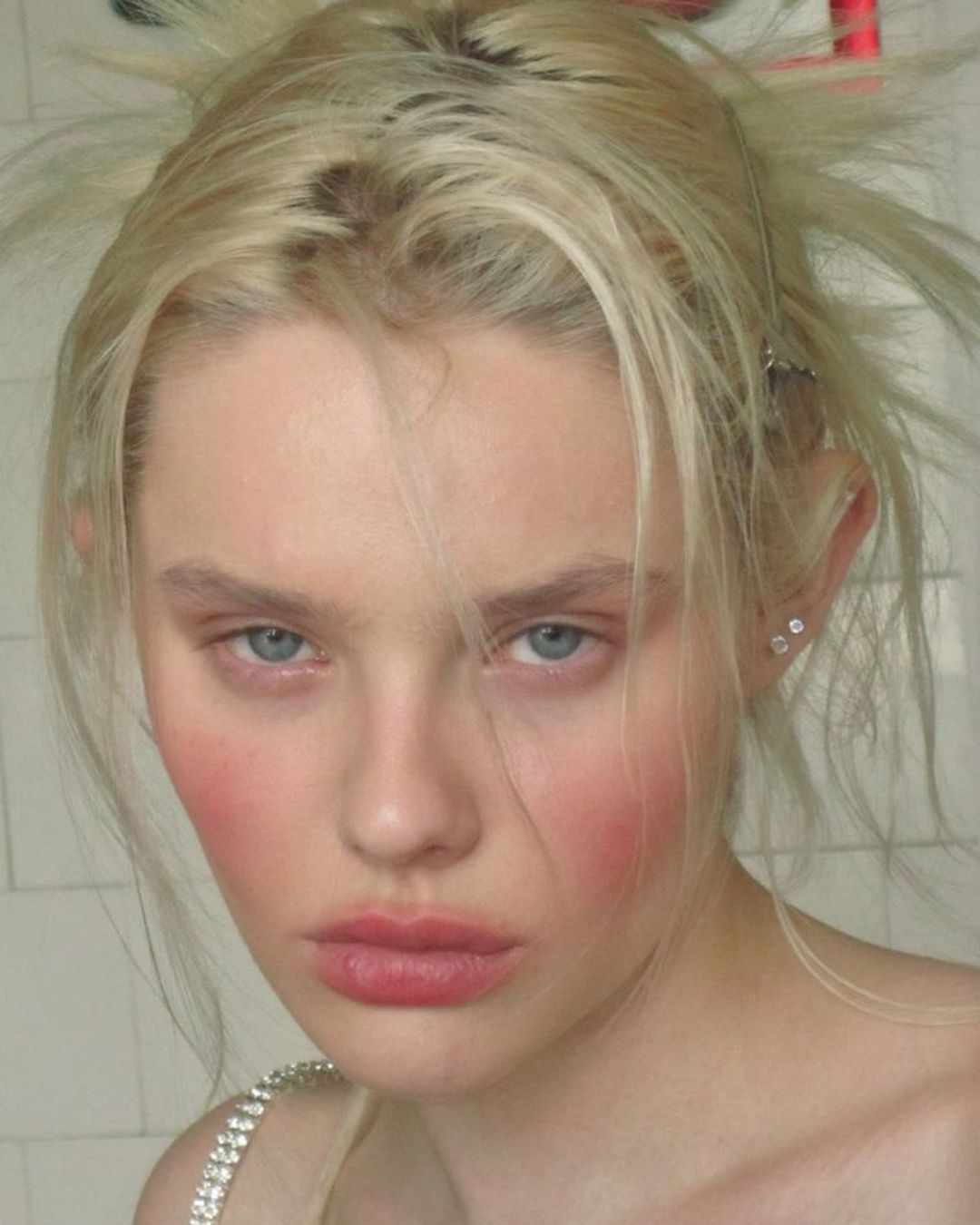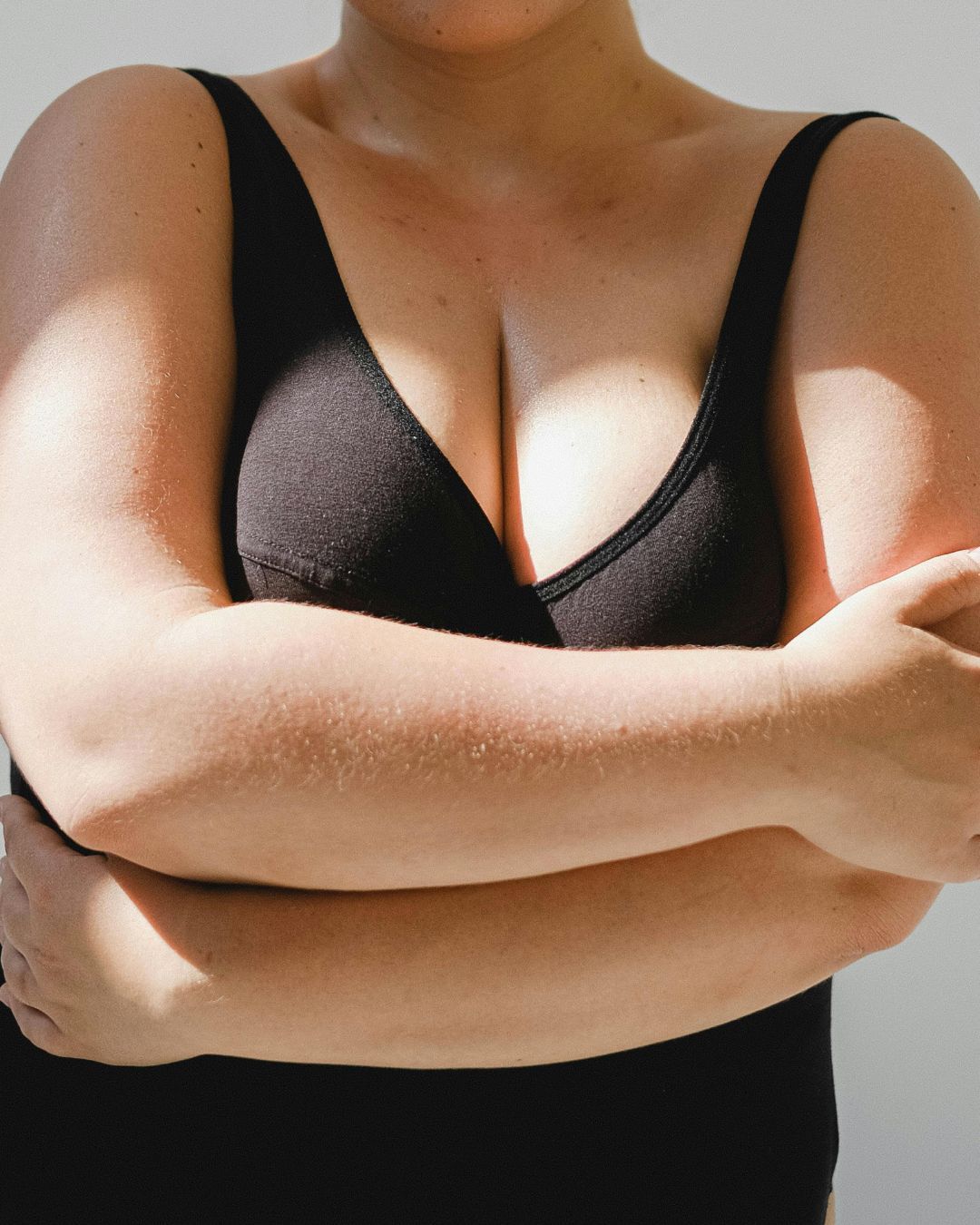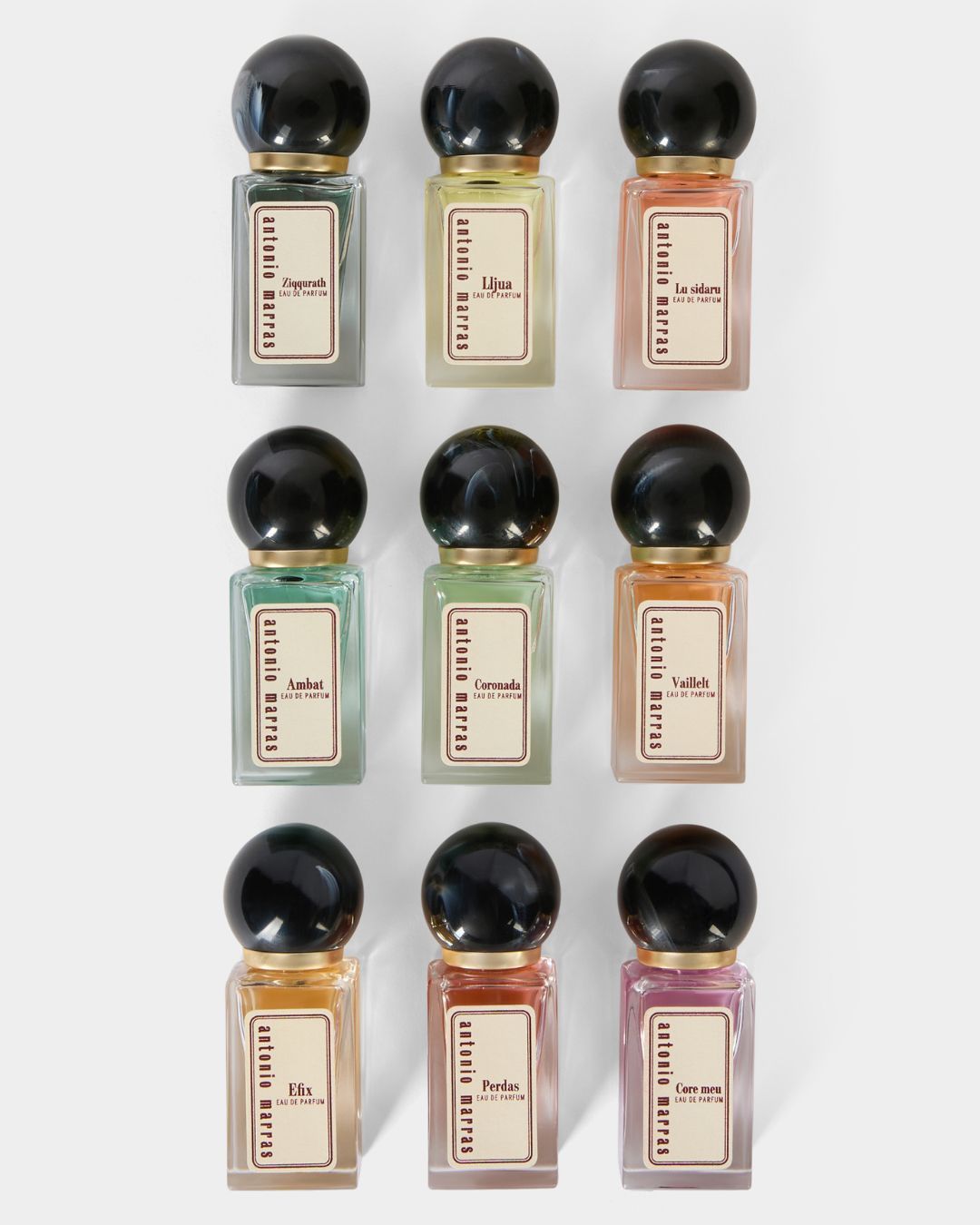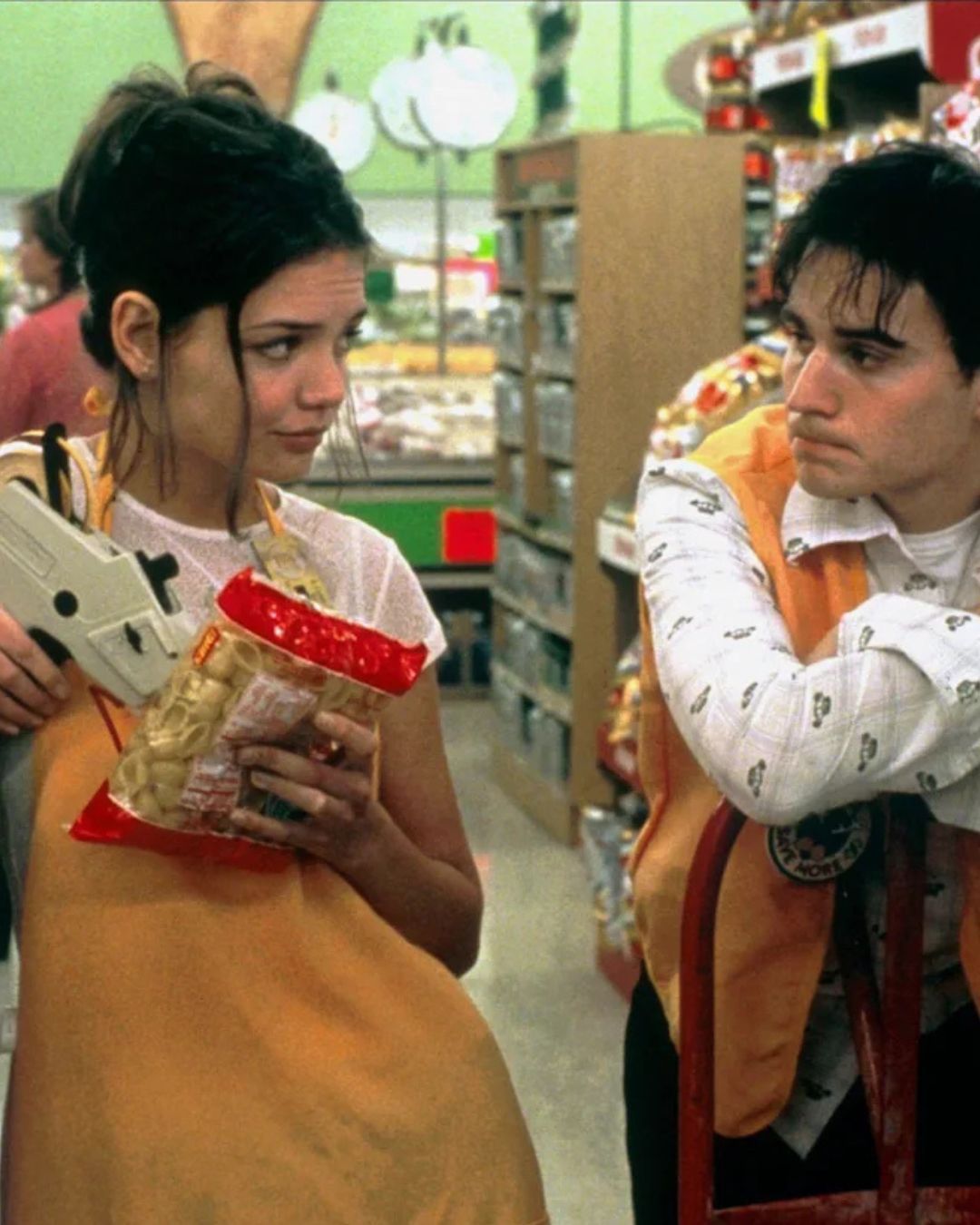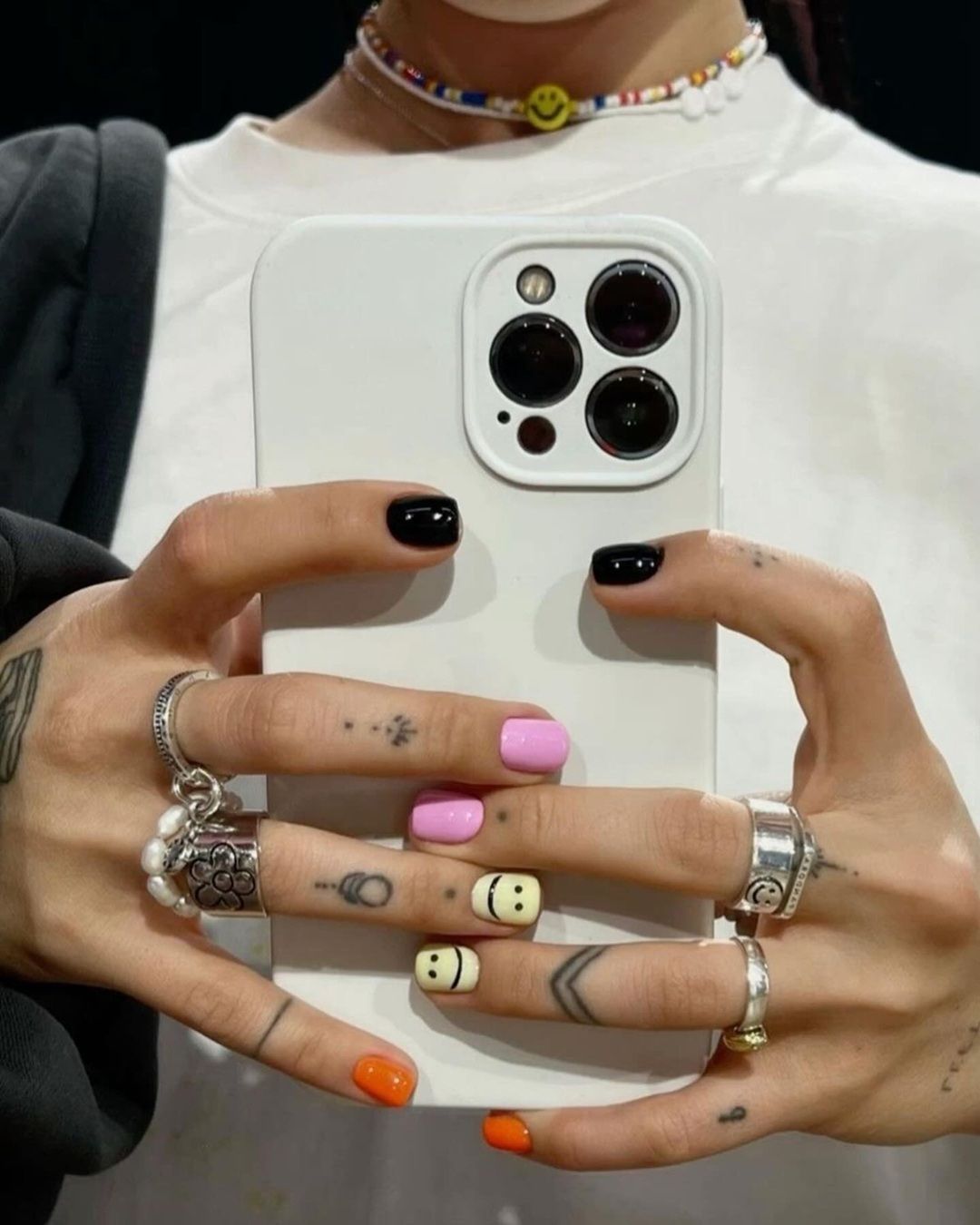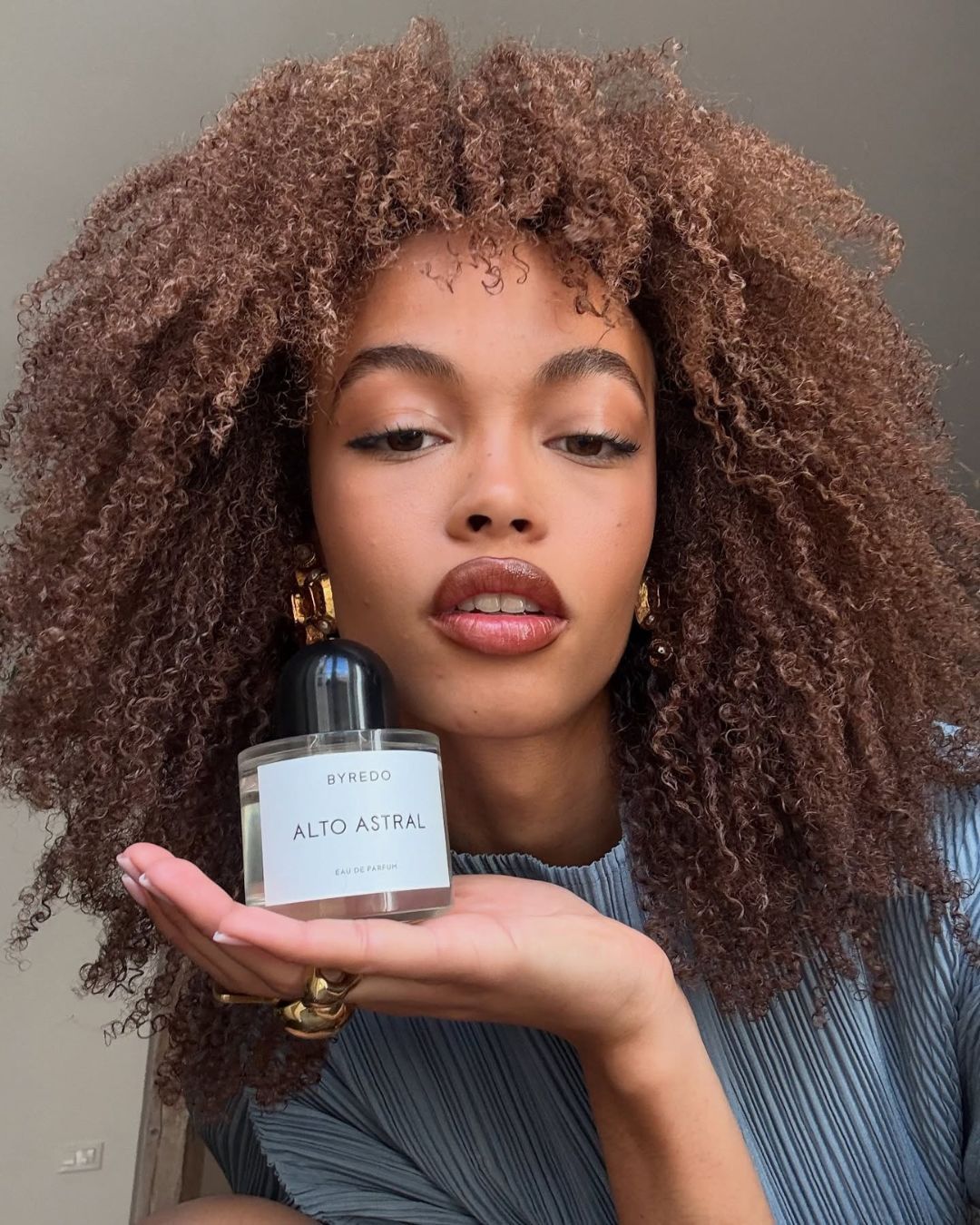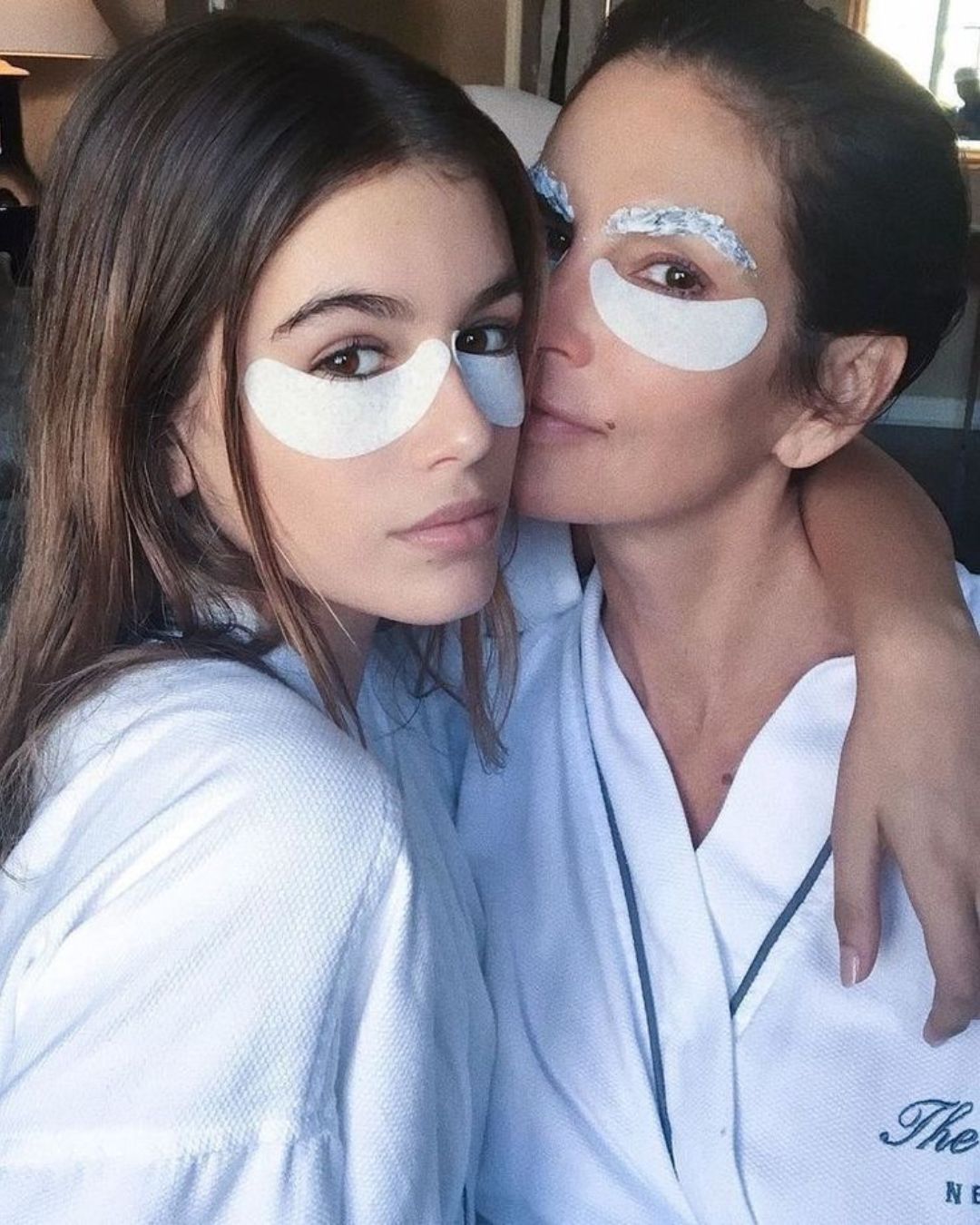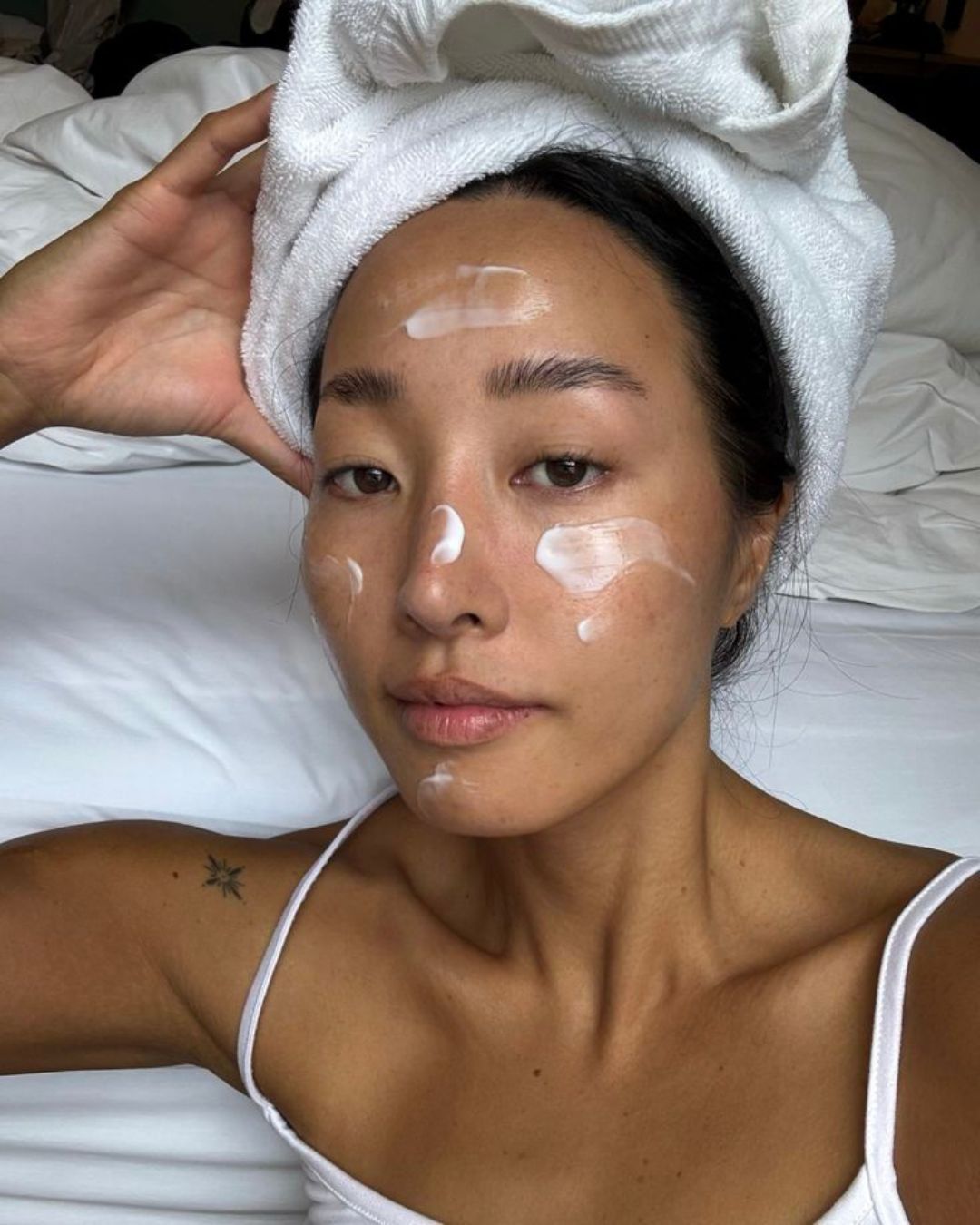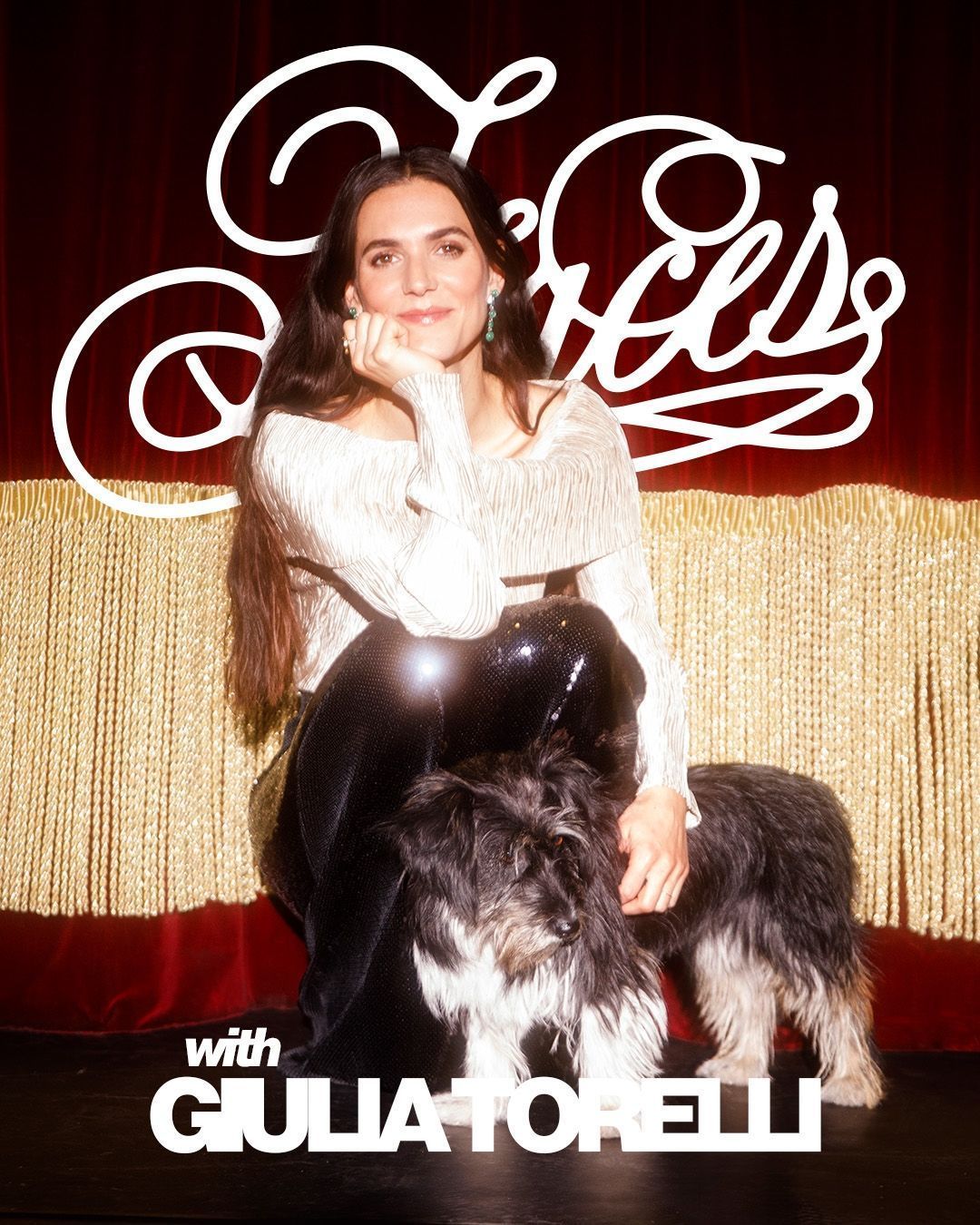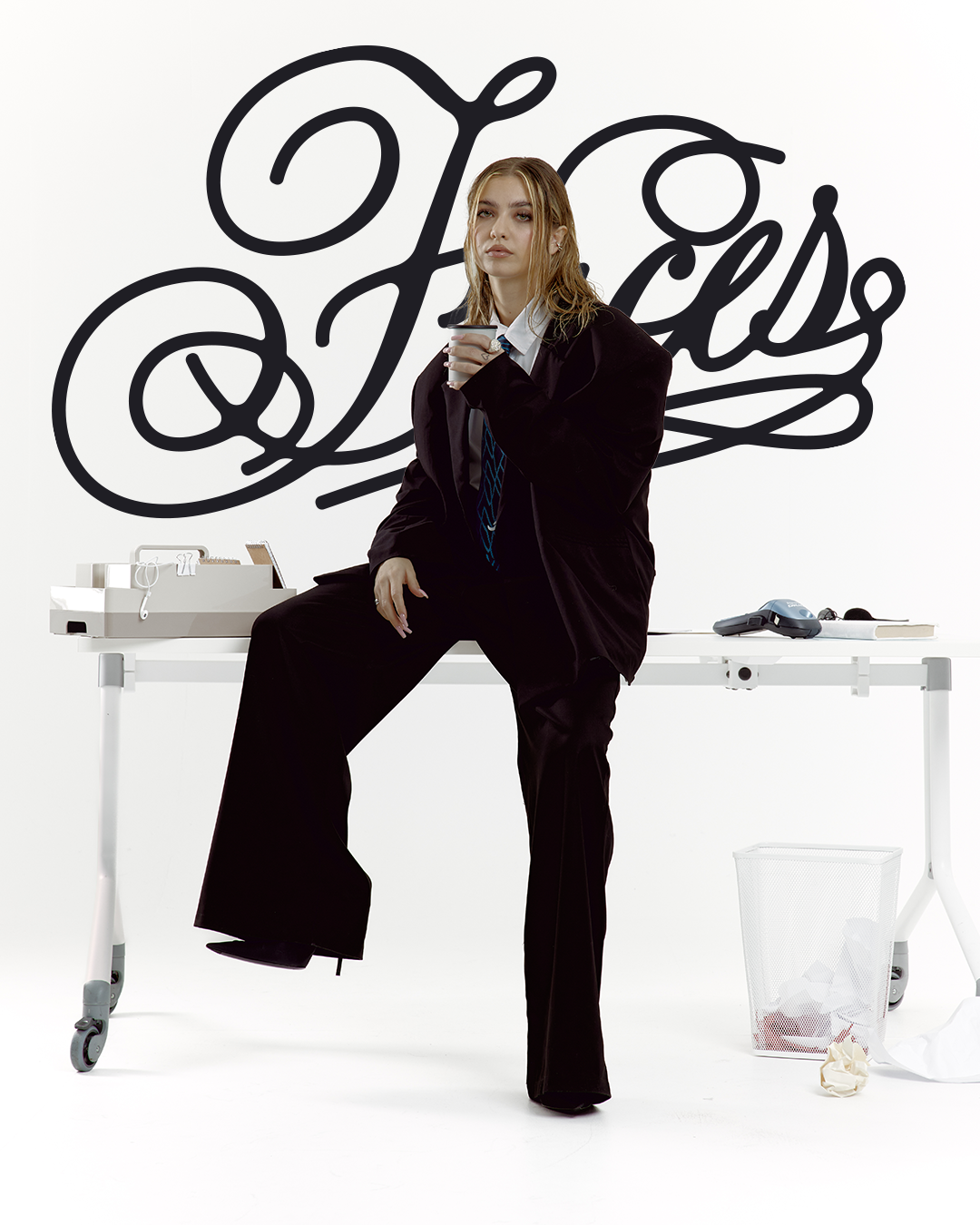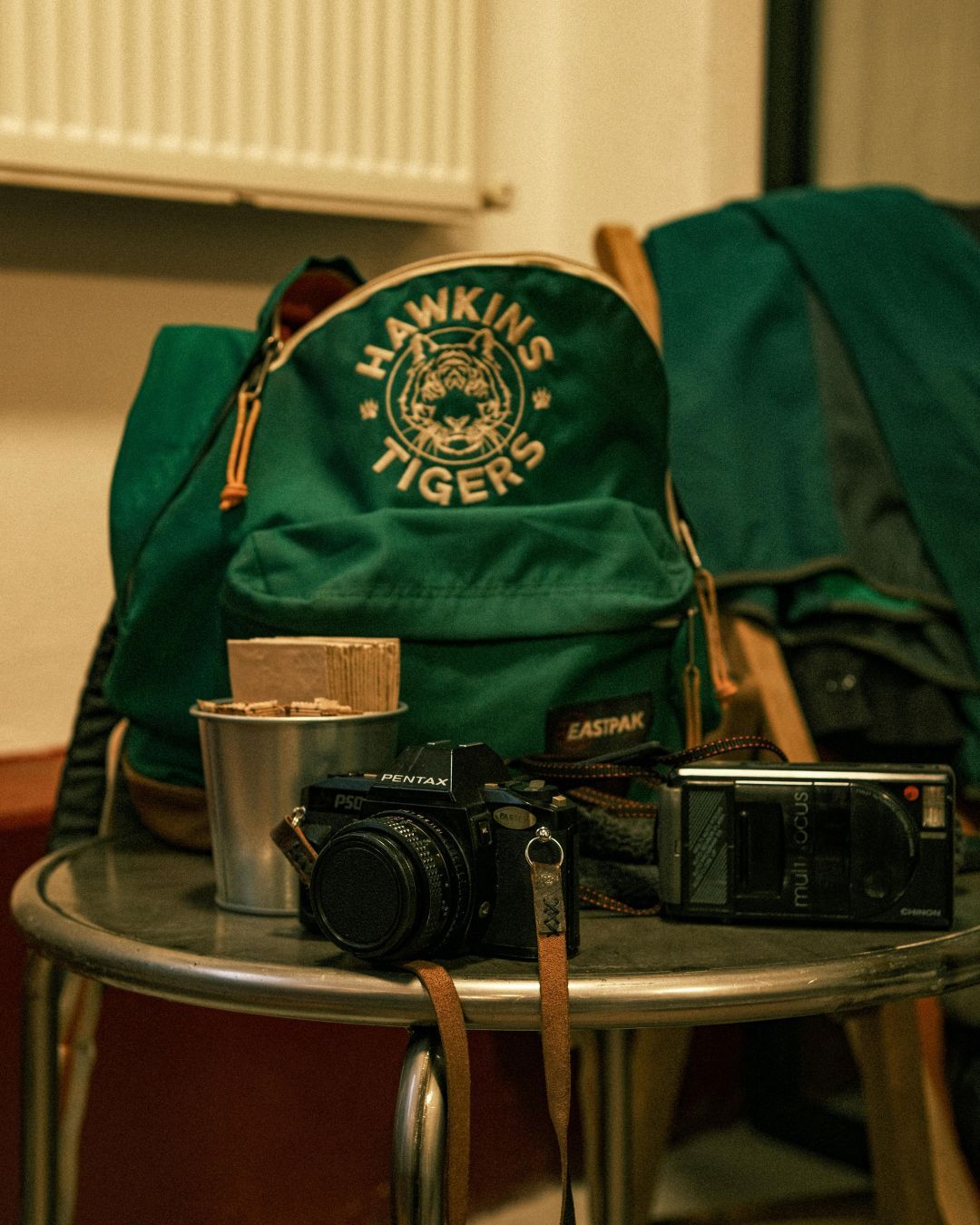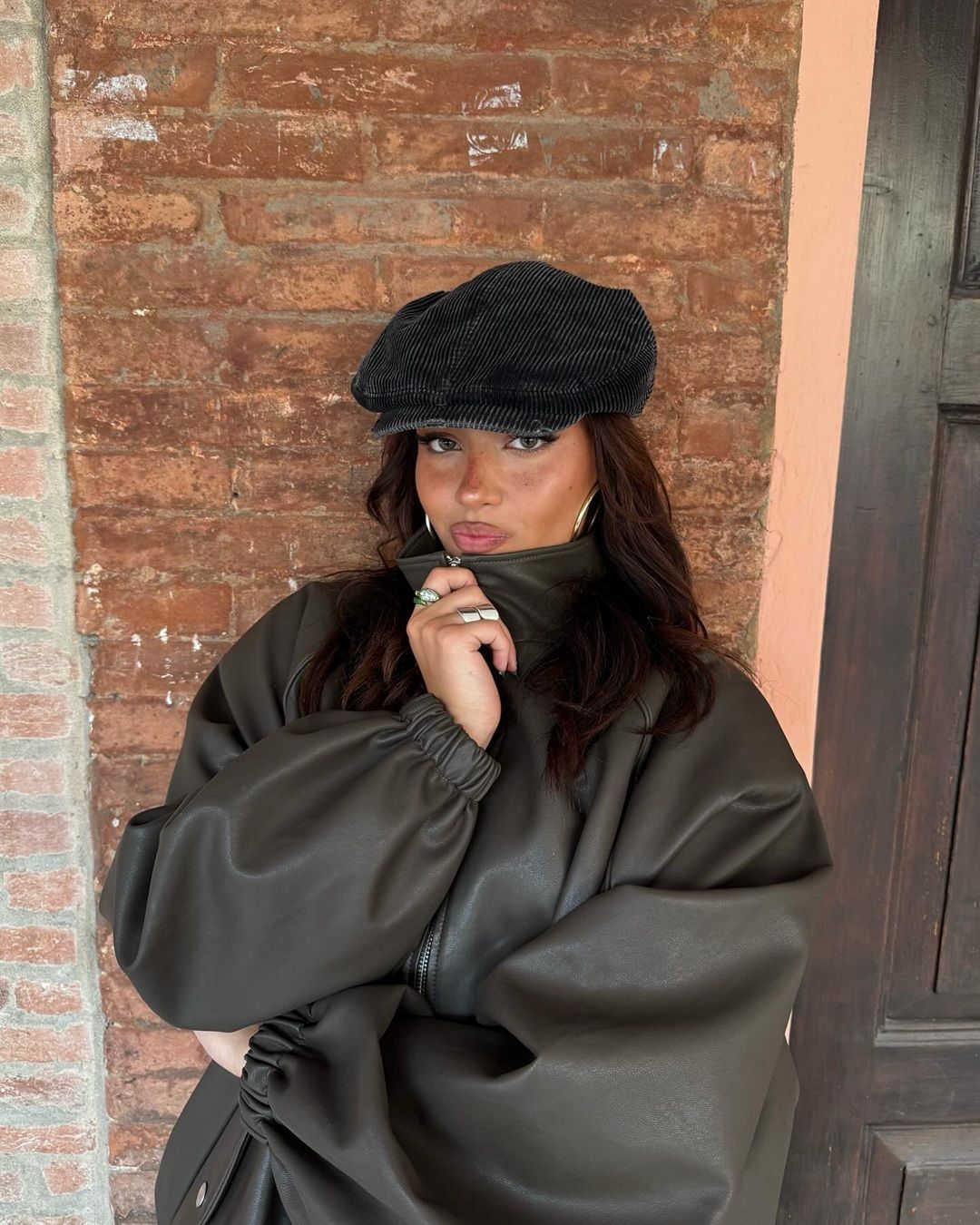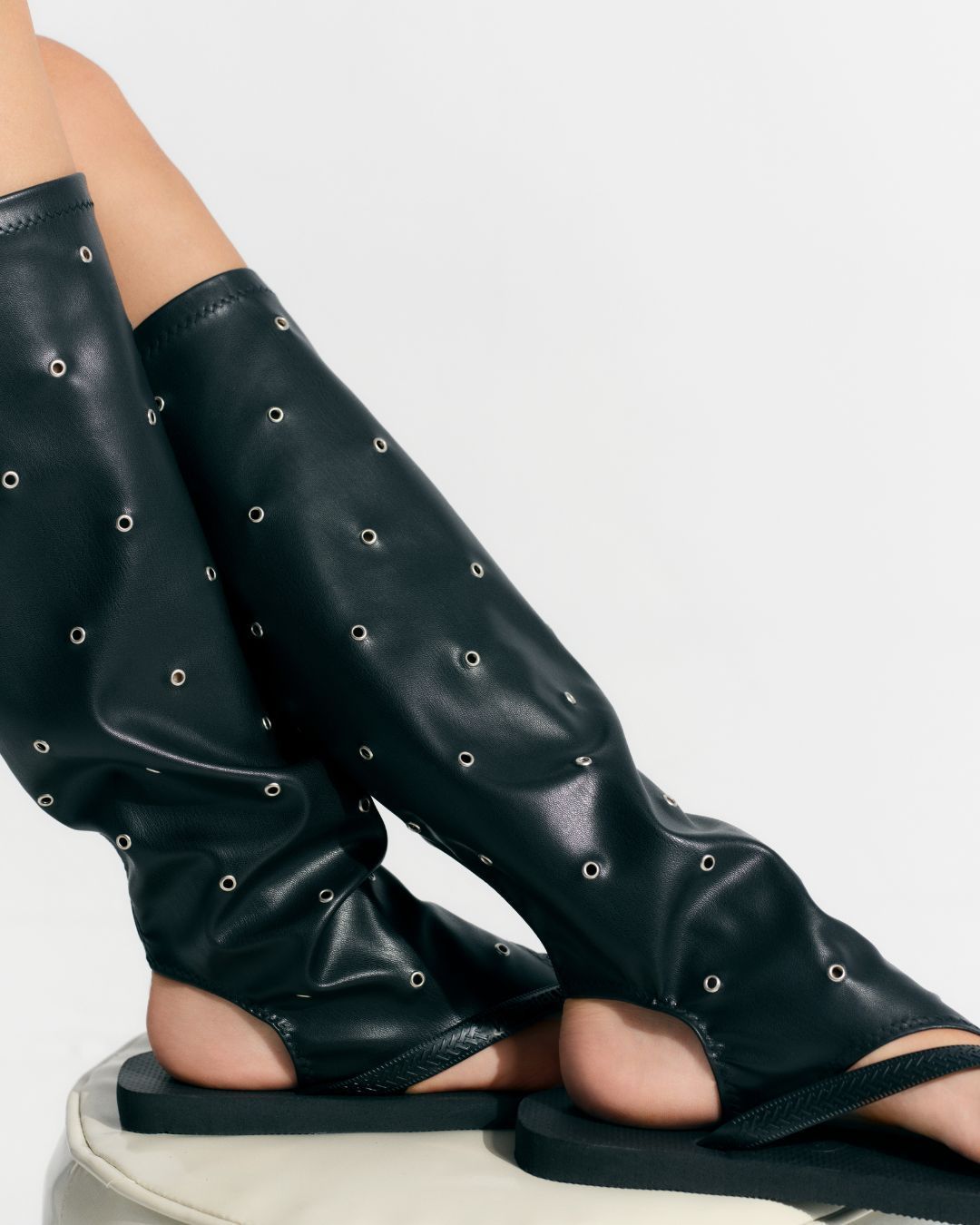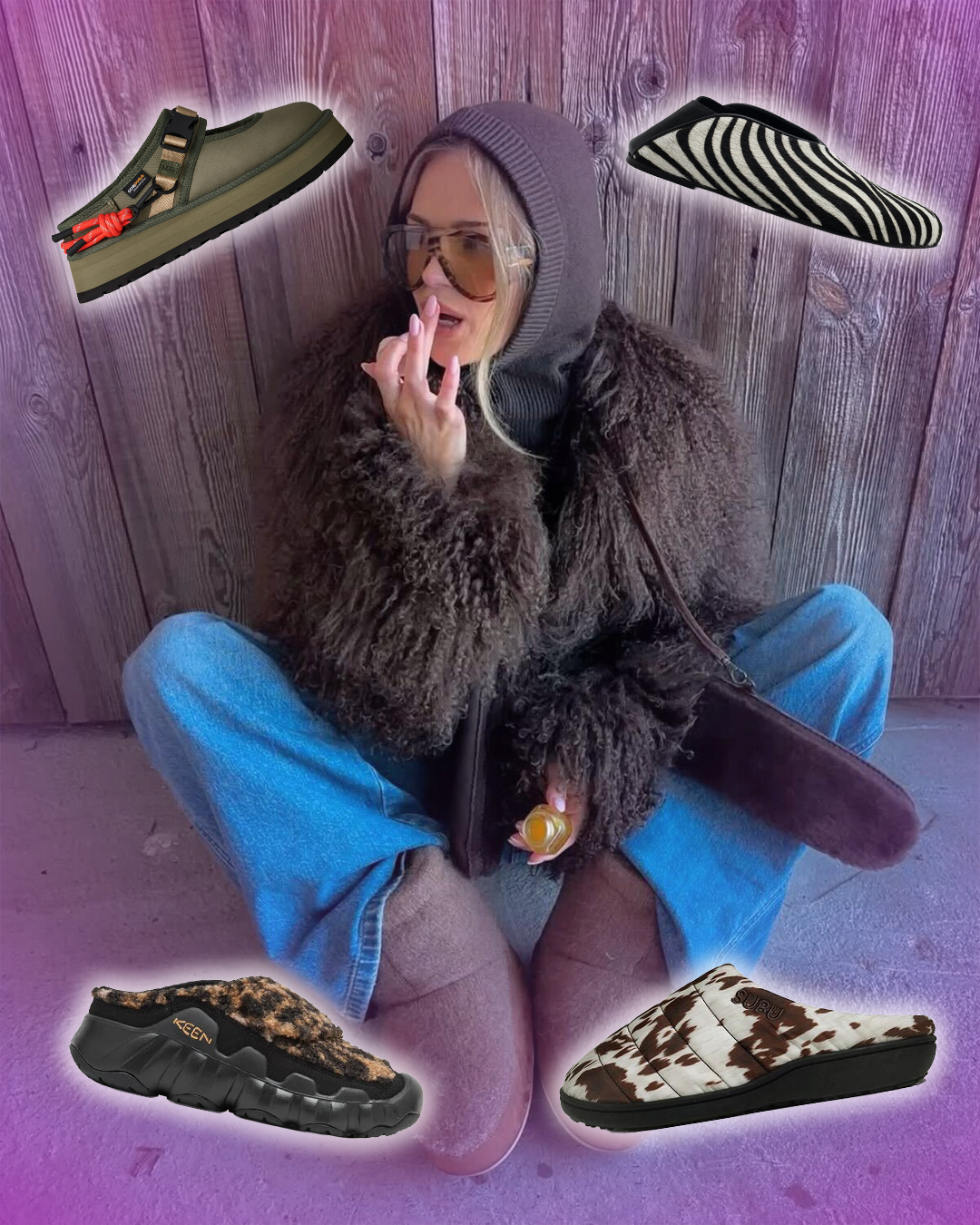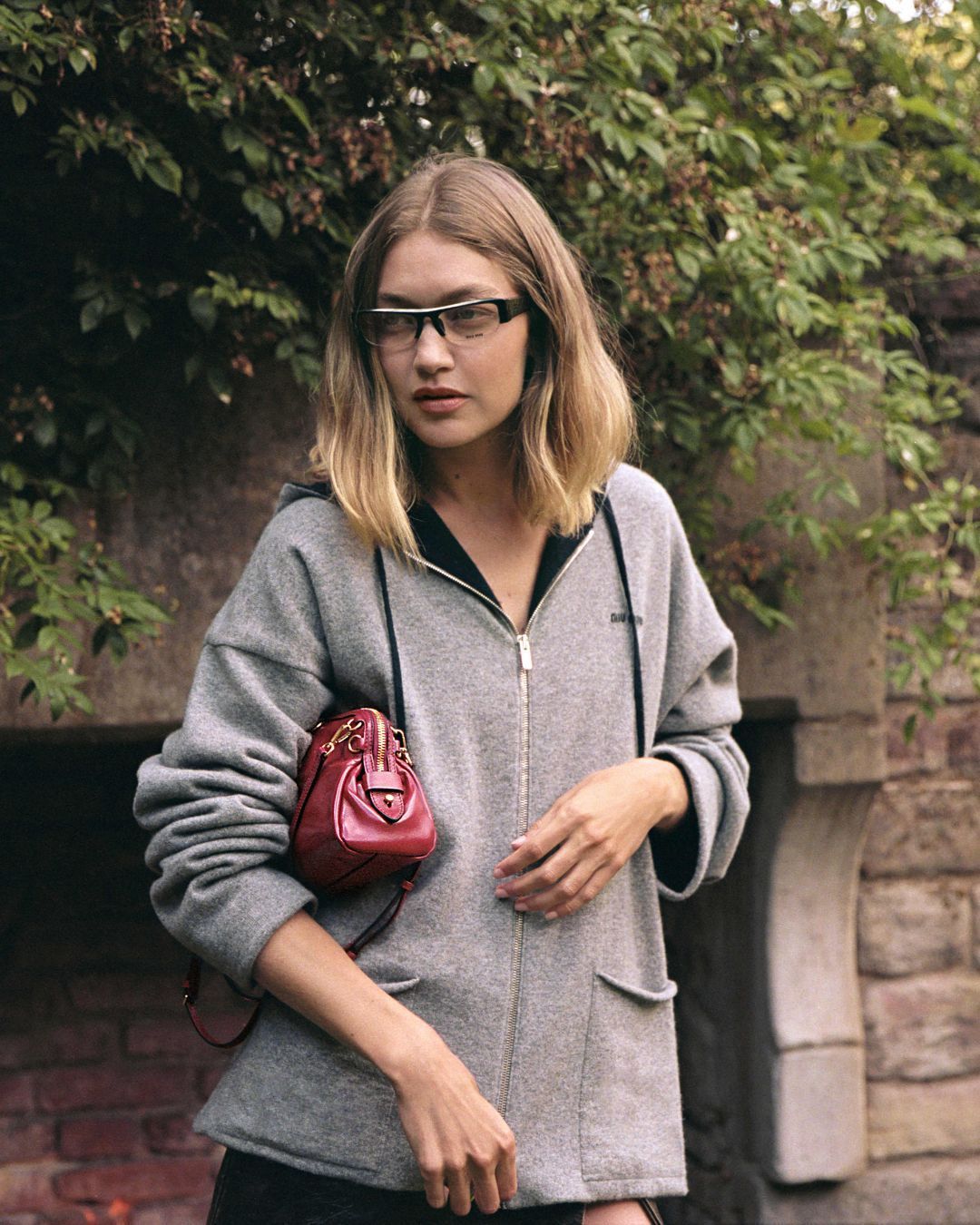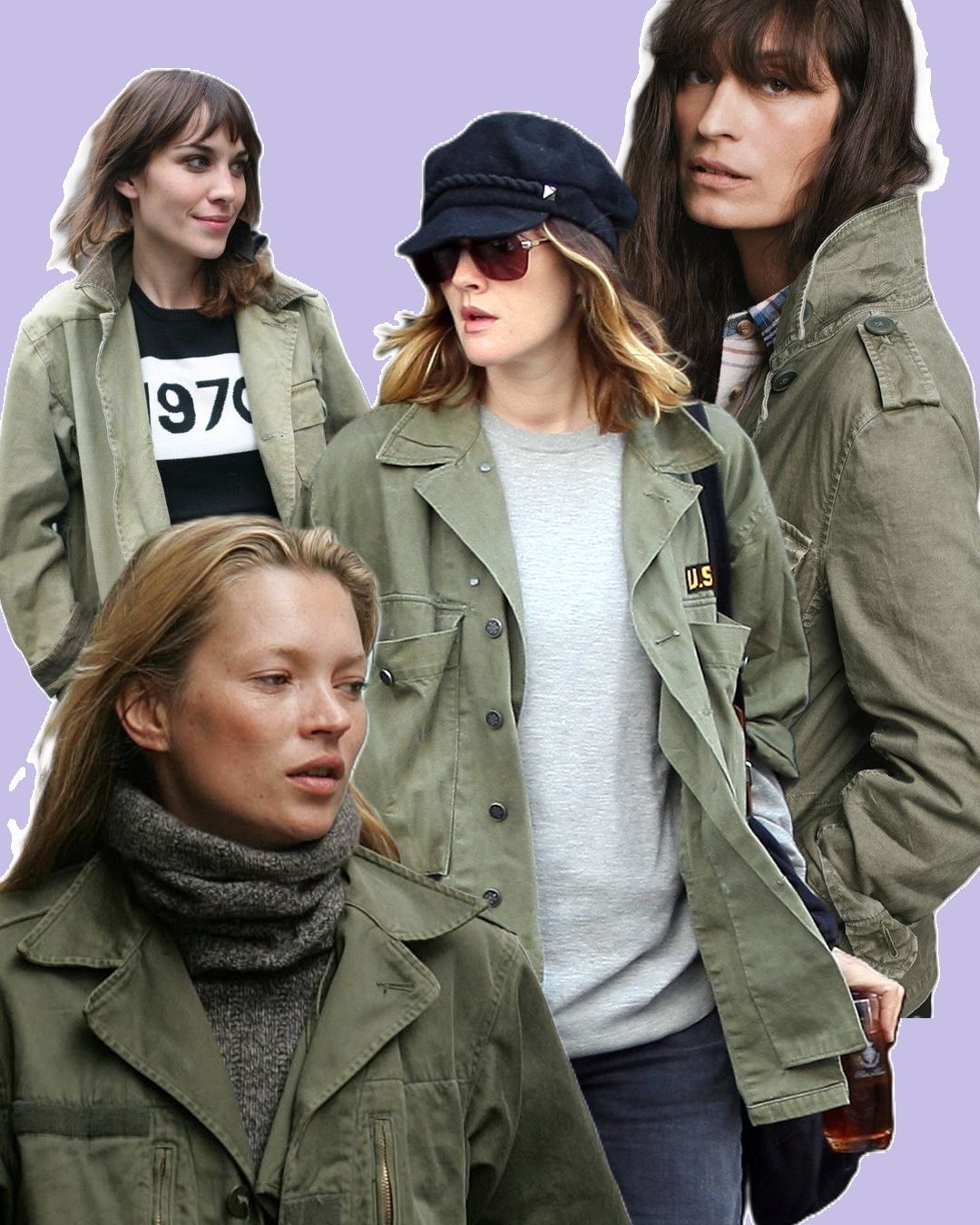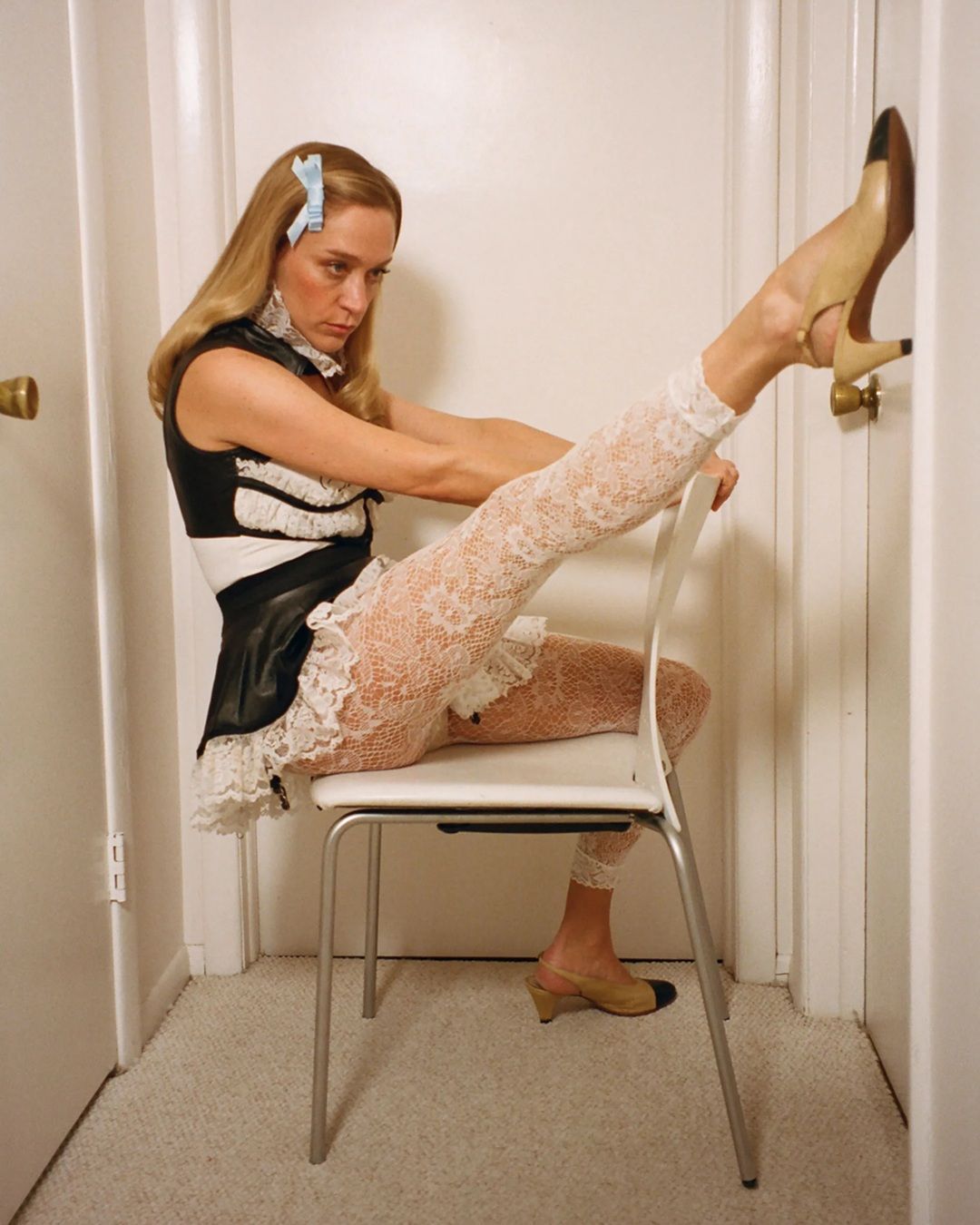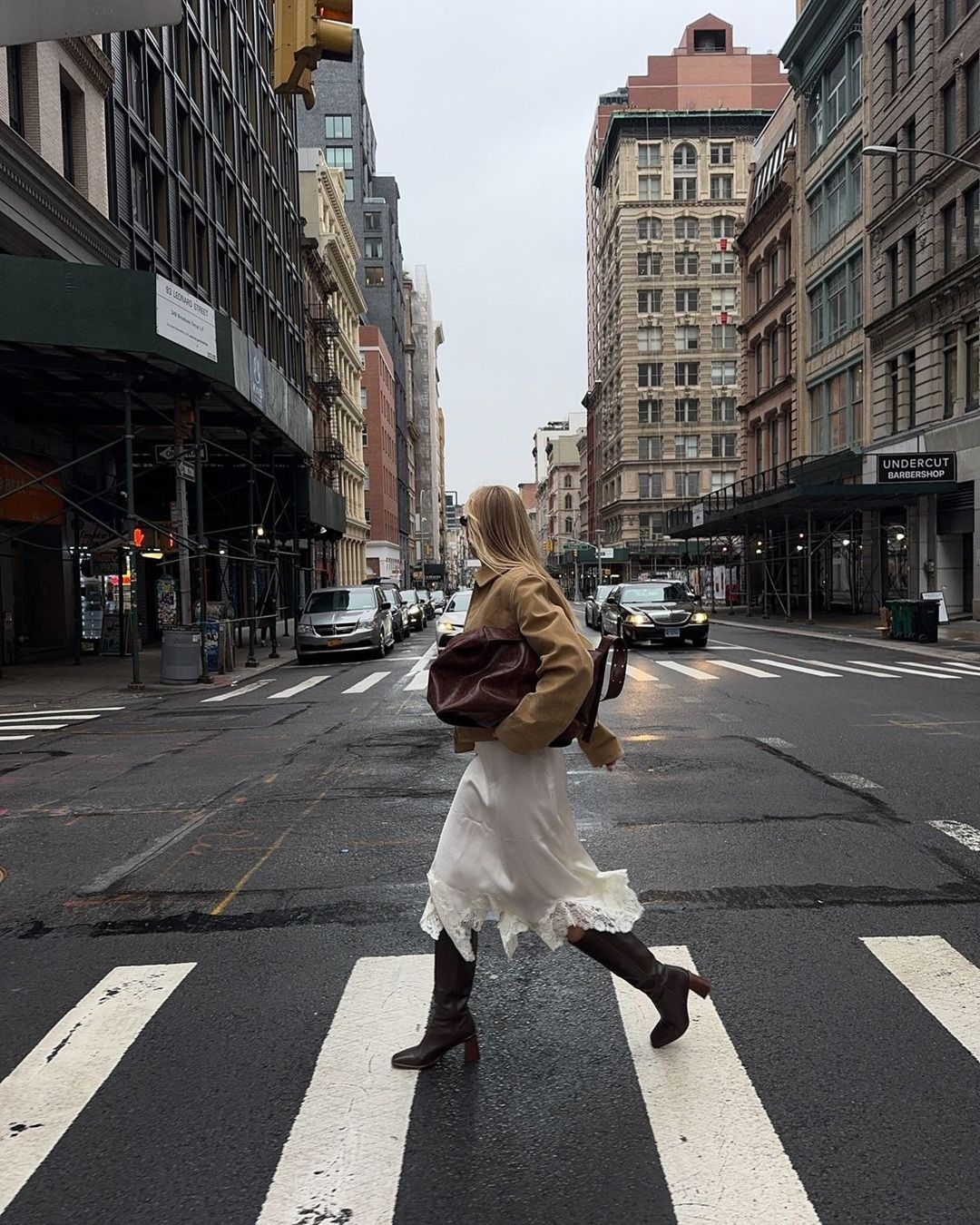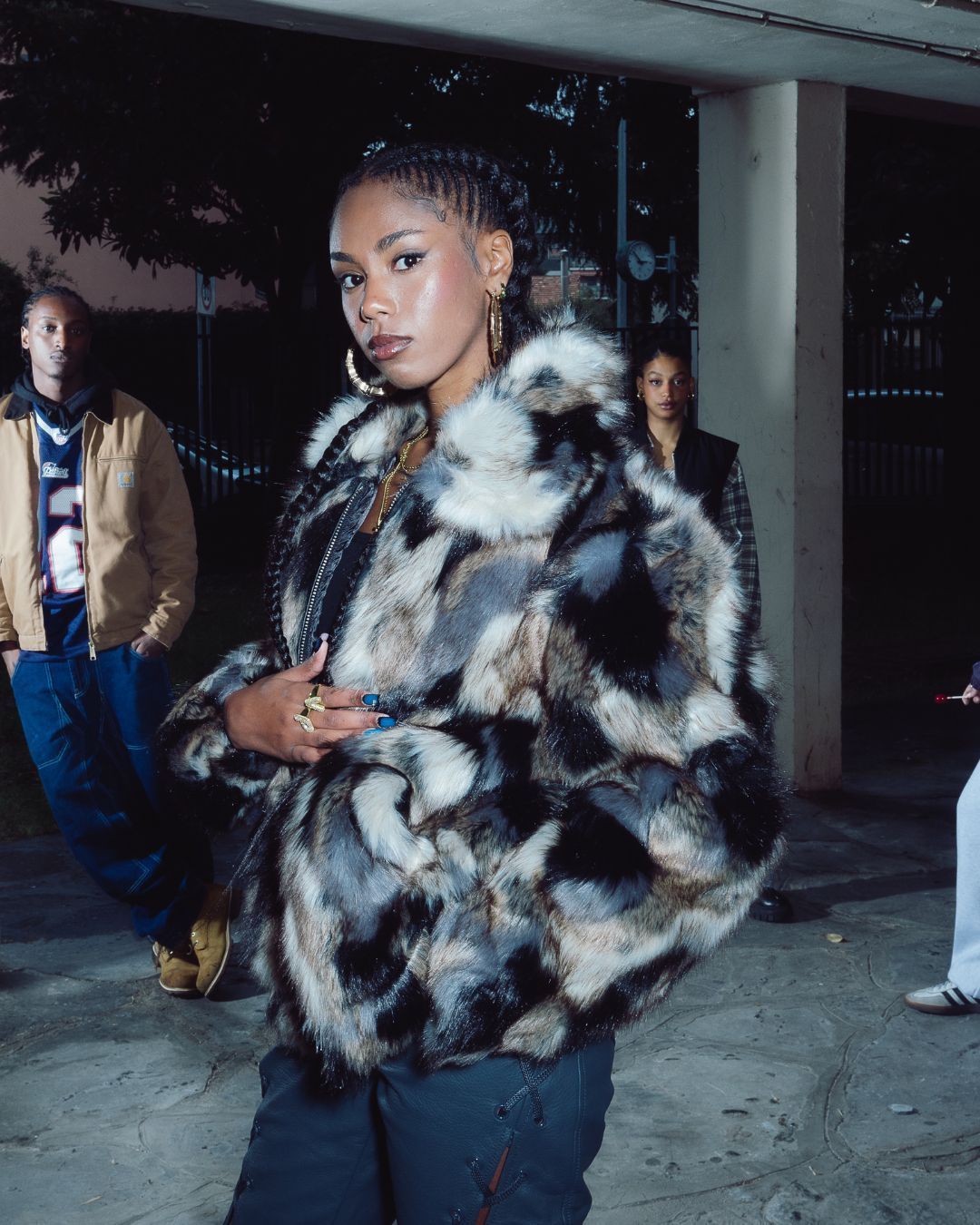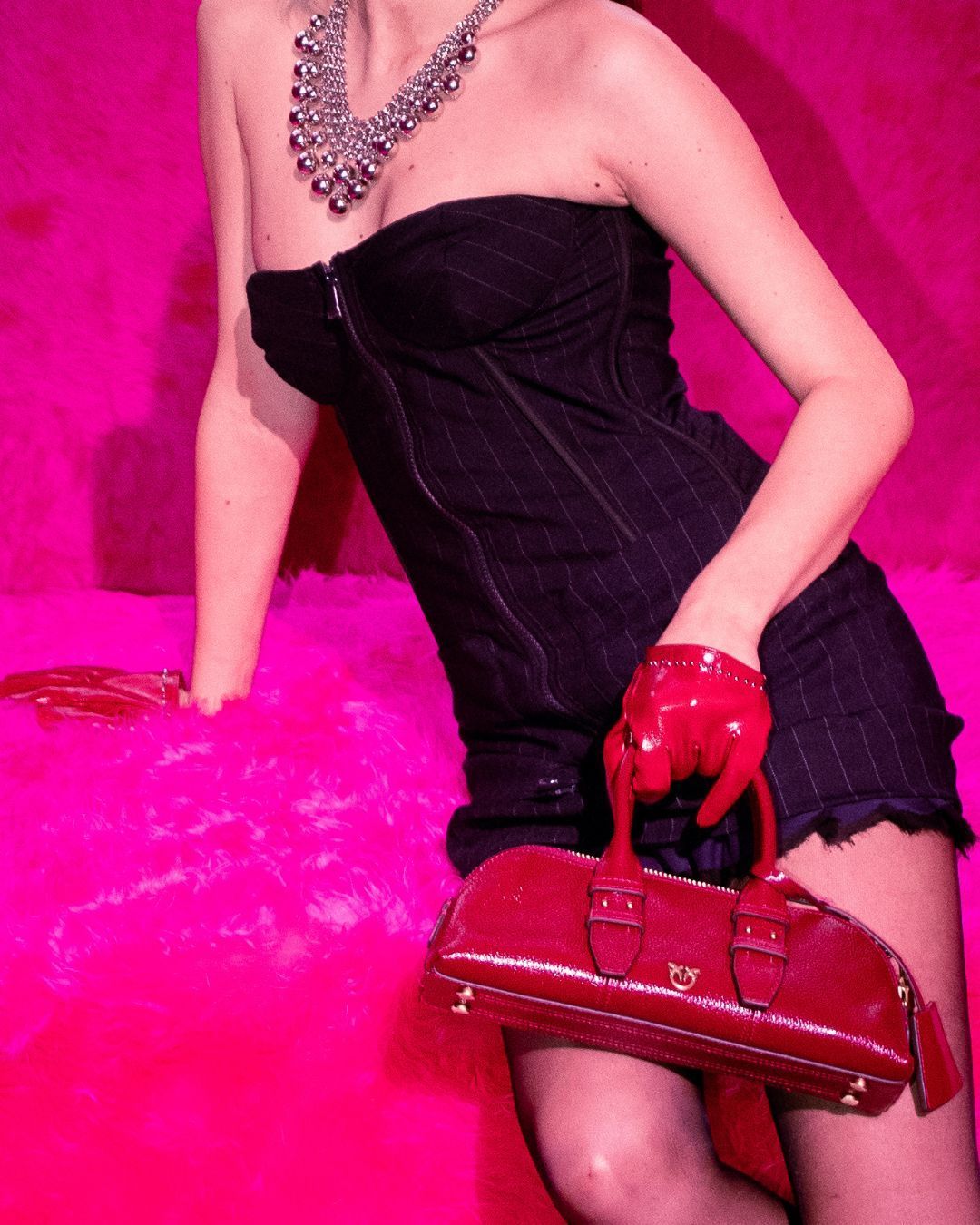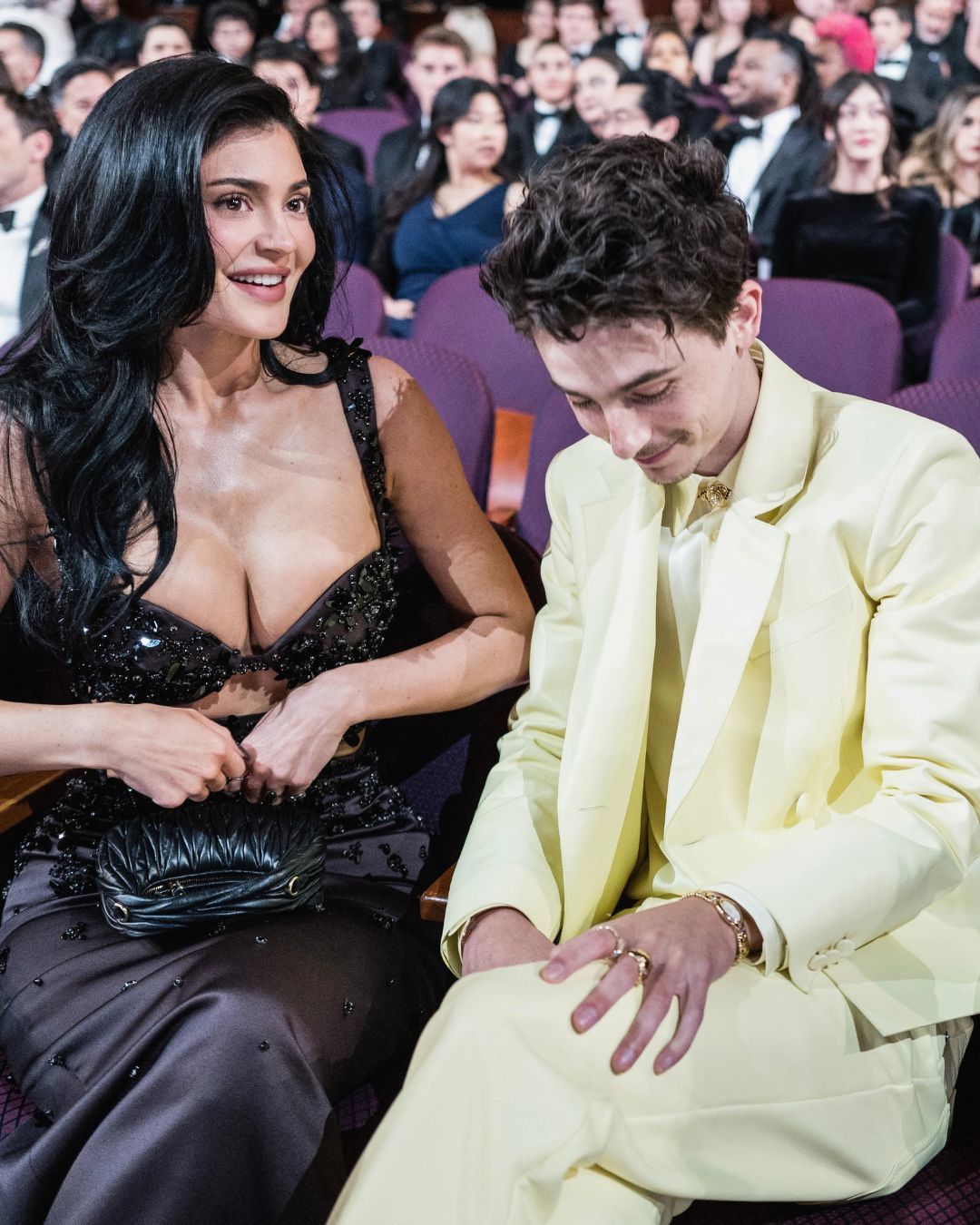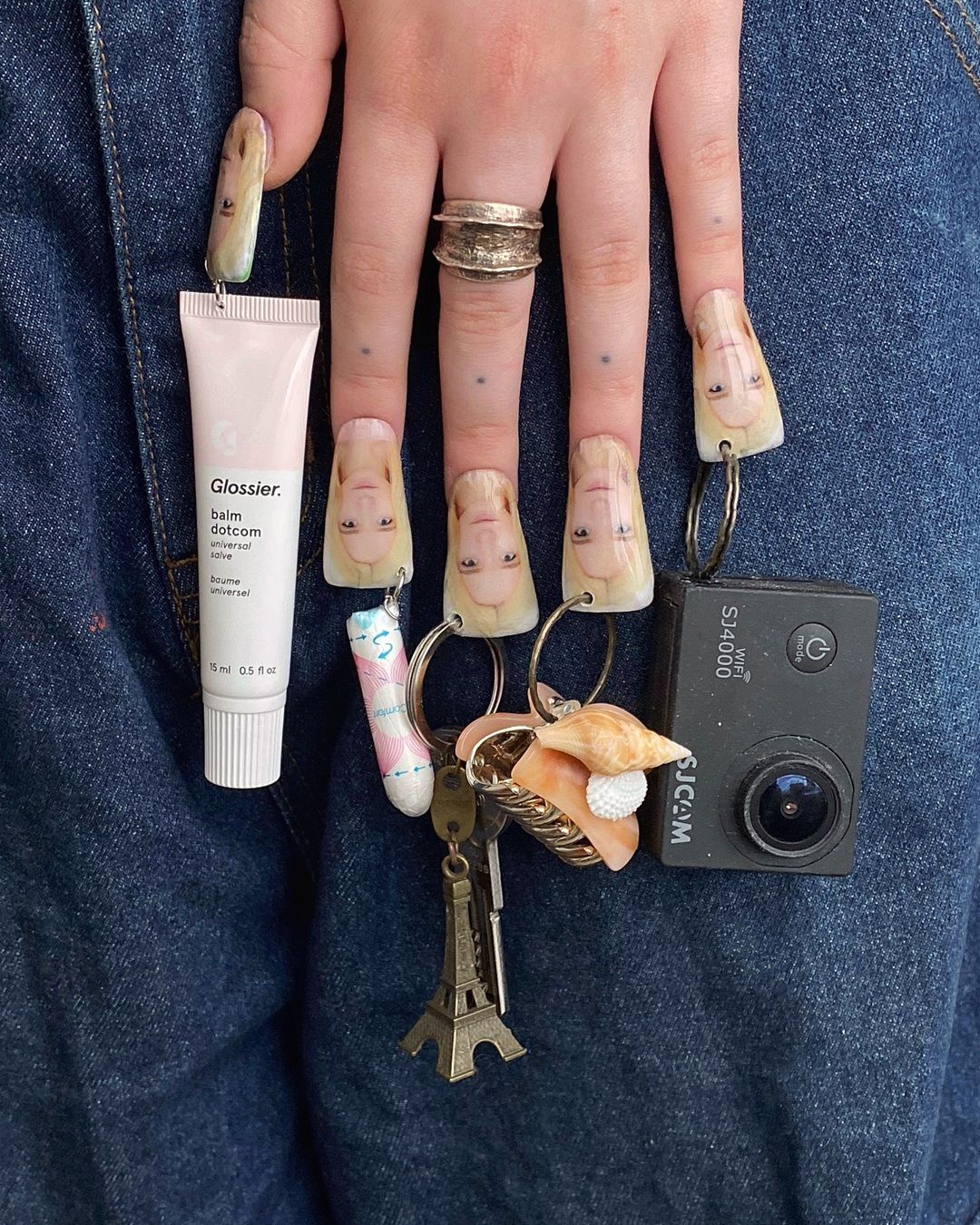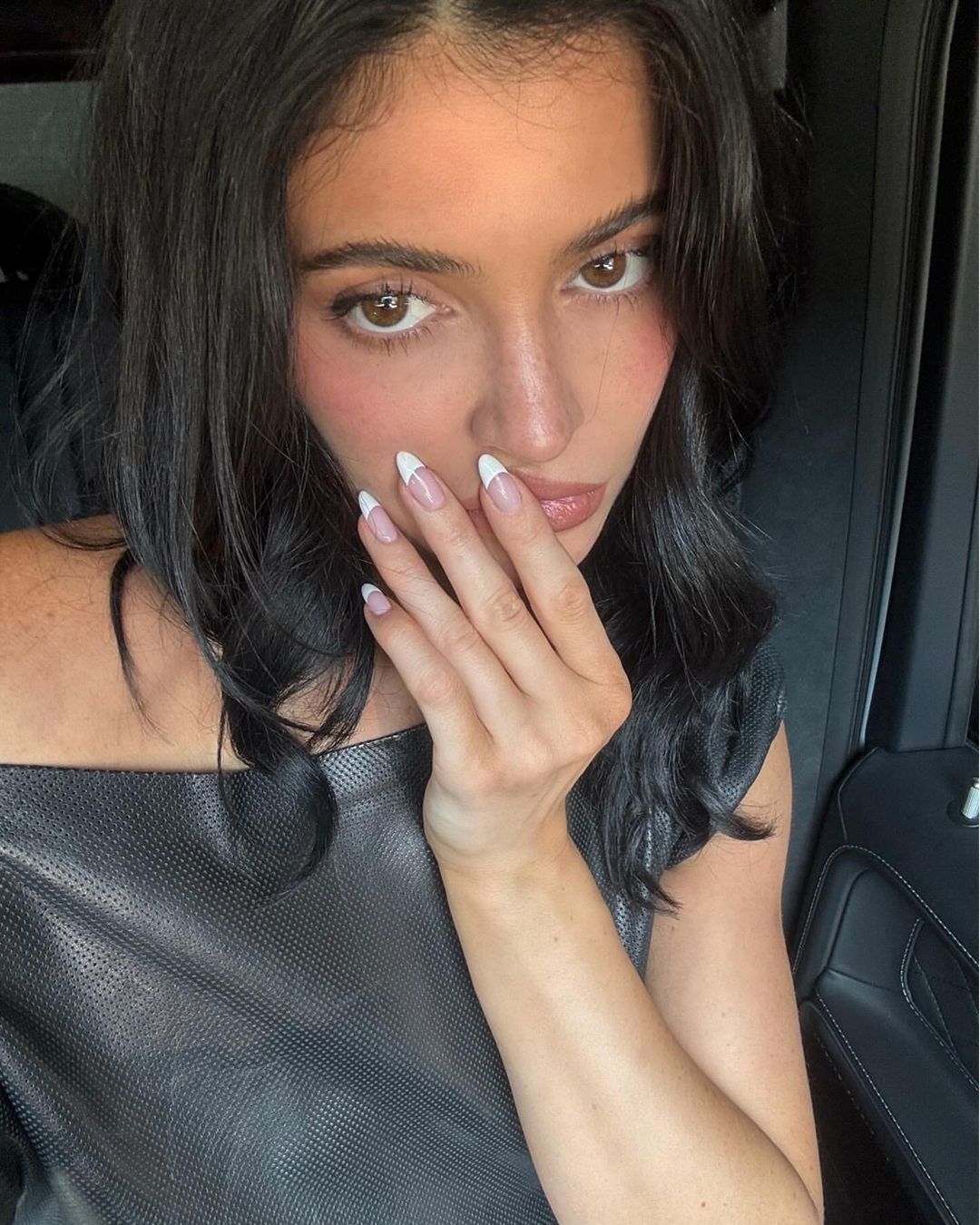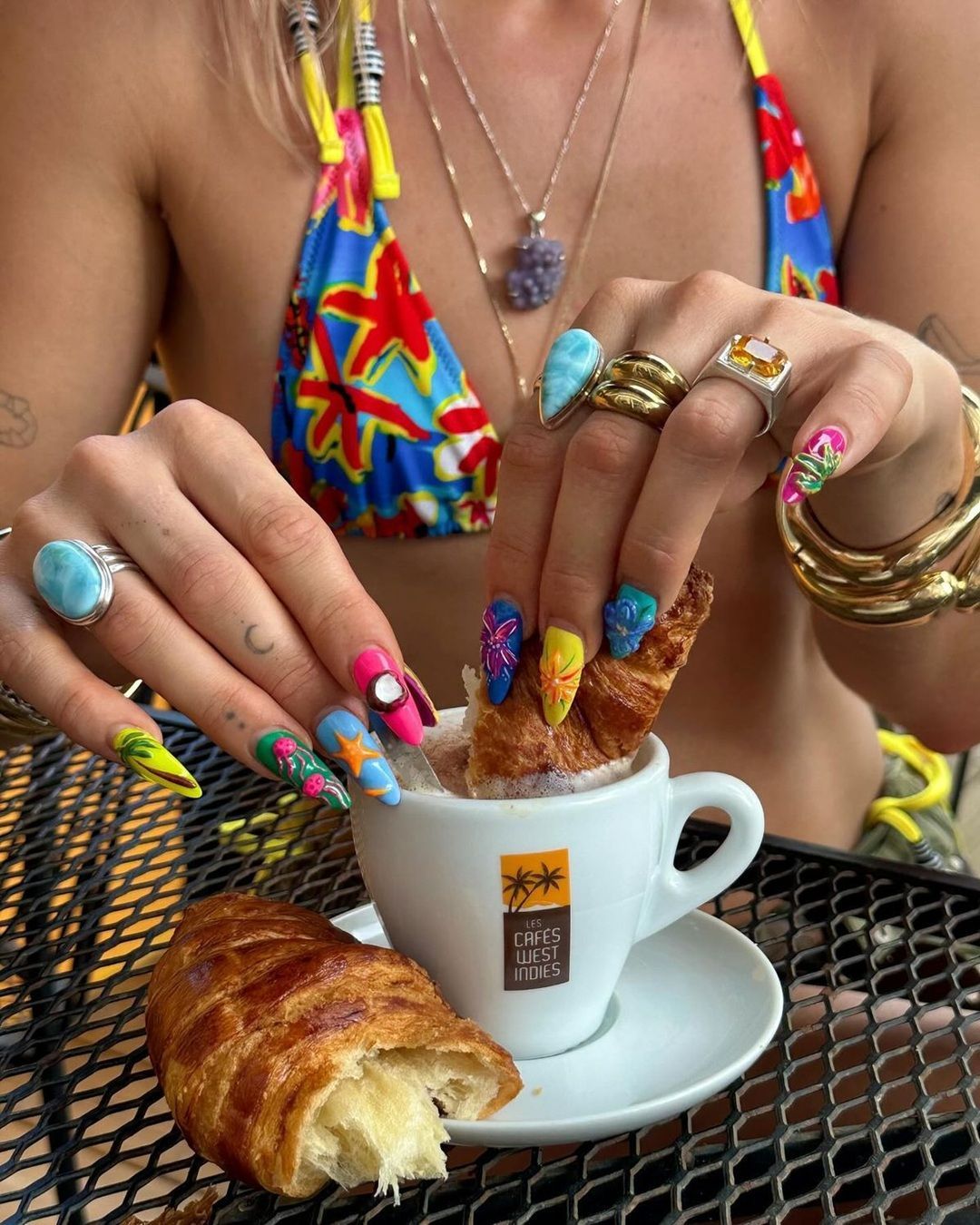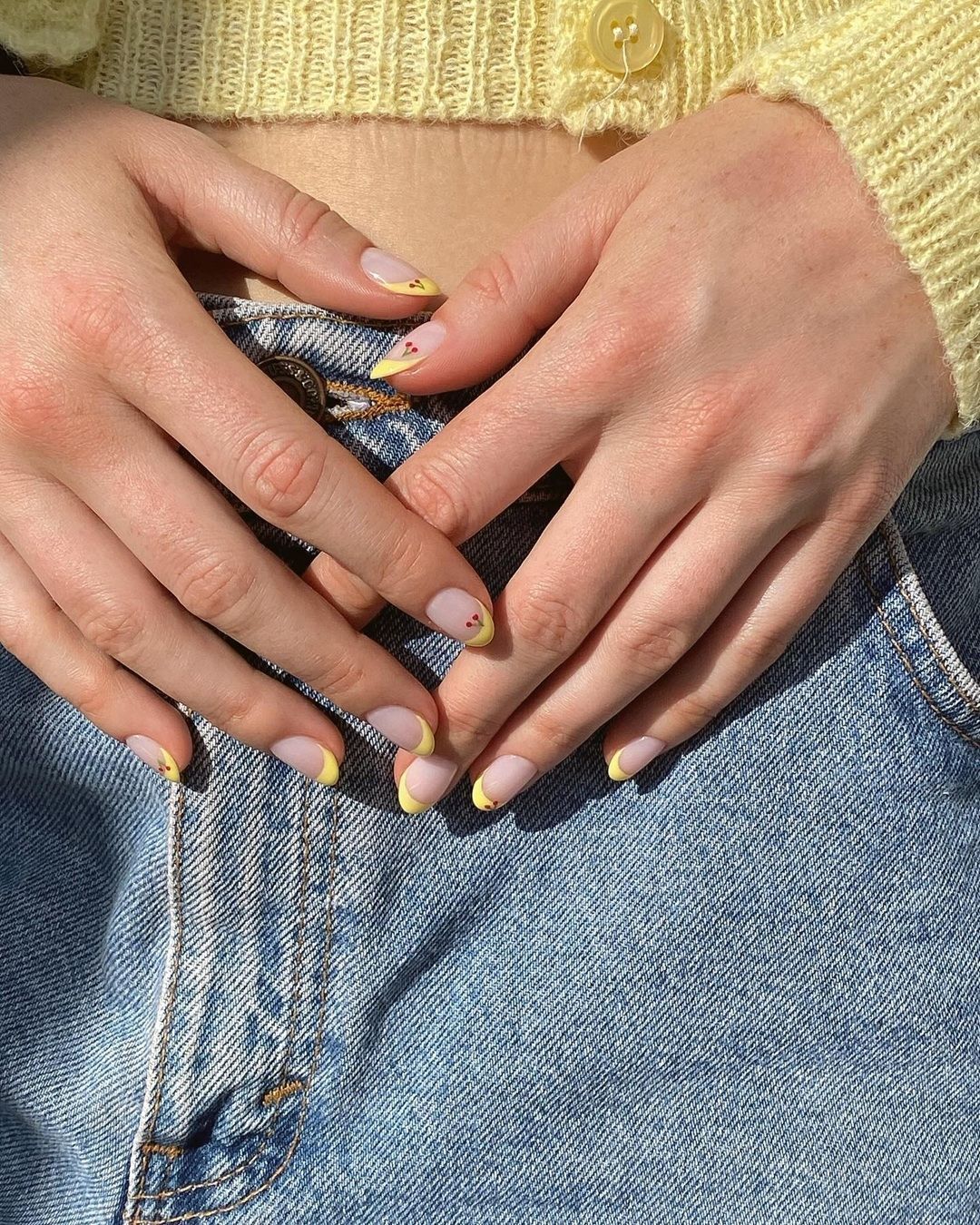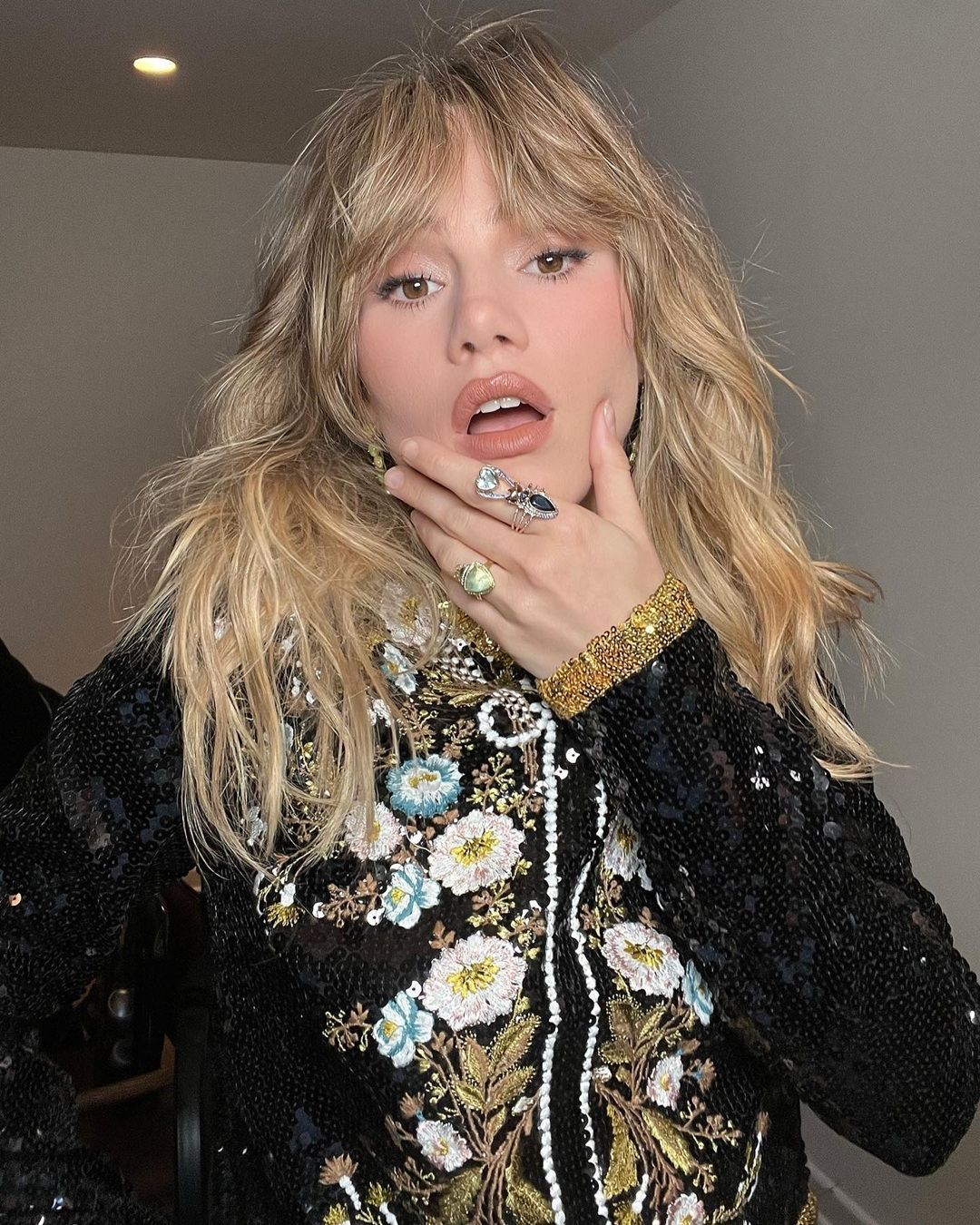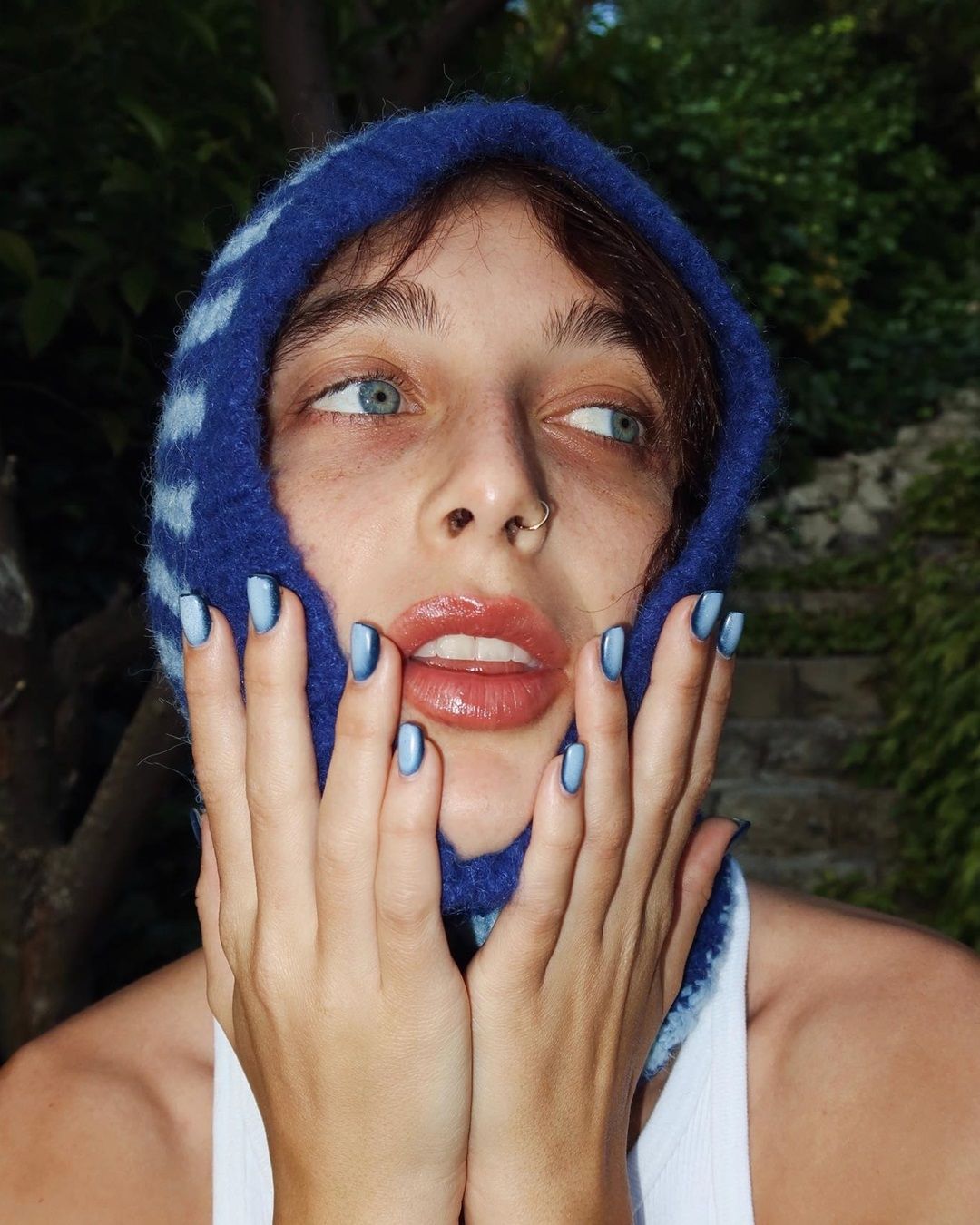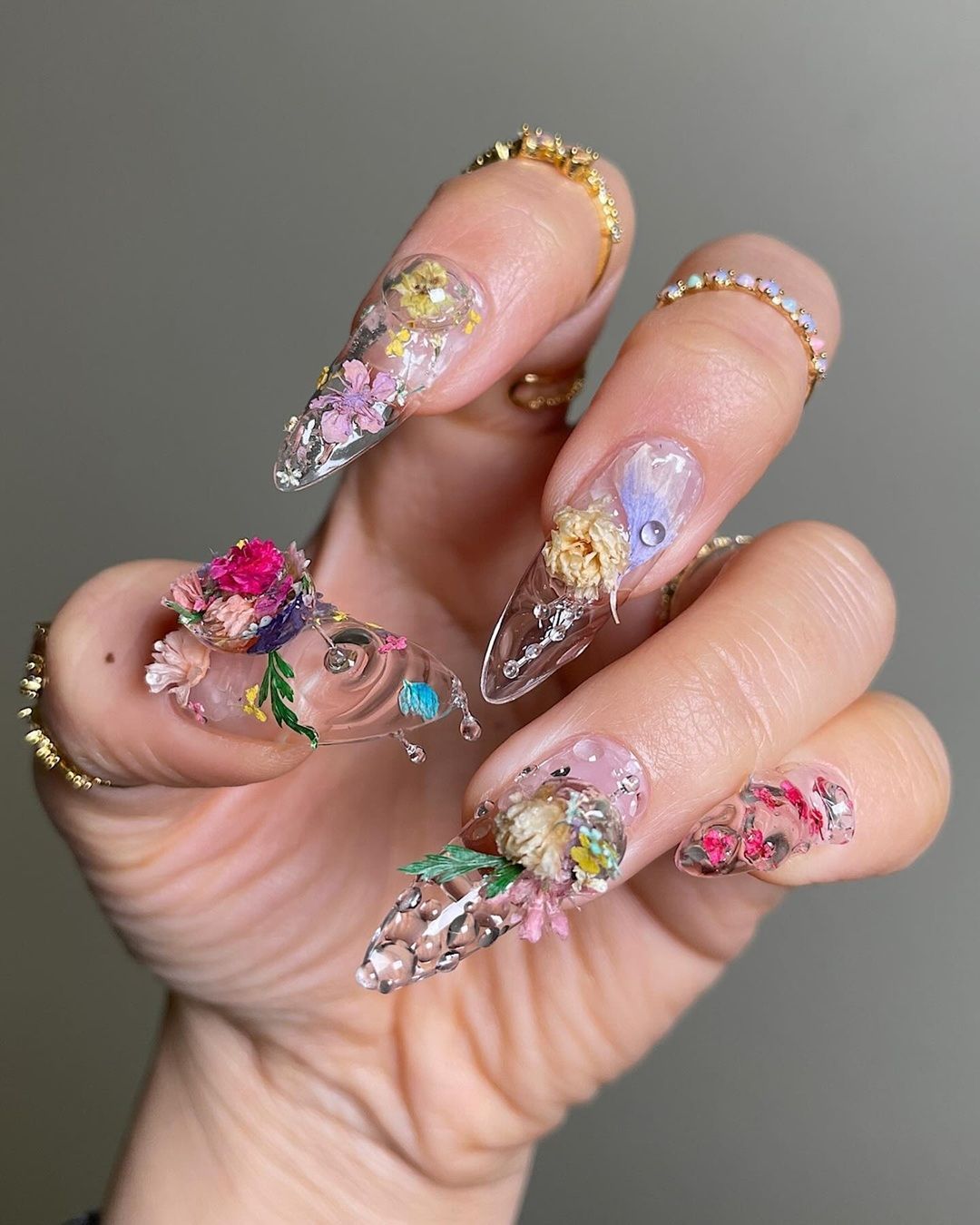
Guide to each type of manicure: types, techniques, pros and cons From classic to gel manicures, find out which one is right for you!
Hand care is an essential part of a beauty routine. We use masks and creams to keep our skin beautiful, healthy, and hydrated. We also pay great attention to our nails, nourishing, strengthening, shaping, and painting them according to the latest trends and personal style. Sometimes, we care for them ourselves, while other times, we rely on professionals who go beyond a simple file and coat of polish, using the best products and the most innovative techniques. With so many options and terms like soft gel, polygel, or dip powder, it’s easy to feel overwhelmed when choosing the best option for our needs. Picking a color and scrolling through Pinterest for design inspiration is no longer enough.
The main types of manicures and nail arts
Classic manicure
The classic manicure is the most traditional nail treatment—affordable, simple, and quick. It does not use permanent products and involves trimming and filing the nails, cuticle care, and the application of regular nail polish. A nail technician usually starts by soaking the hands in warm water to soften dead skin cells, then files and buffs the nails, cleans the cuticles, and applies polish (if desired). Not everyone knows that nail polish or nail art is optional. This manicure is perfect for those who prefer a natural, simple look, enjoy doing their nails at home, or want a quick and affordable salon visit.
Duration: Since regular polish is used, it is not long-lasting, typically lasting about a week (3–5 days) before chipping.
Removal: The best part of regular nail polish is how easy it is to remove. Just soak a cotton pad in acetone and wipe it over the nail.
Average cost: Prices range from €12 to €35.
Gel manicure
With minimal drying time, long-lasting wear, and high shine, gel manicures are one of the most popular techniques. After preparing the cuticles and nail bed, the nail technician applies a gel polish that is cured under a UV or LED lamp, ensuring a glossy, chip-resistant finish for weeks. Before applying the actual color, the nails are buffed, cleaned with isopropyl alcohol, and prepped with a base coat. Each layer of gel polish must be cured under a light before applying the next. The result? No additional drying time at the end! After the basic manicure process, one can choose between soft gel or hard gel. The former (also called Shellac after the gel formula from CND, the first company to create and register this type of polish) is a gel polish applied to the nail and cured under a UV light twice. The second, on the other hand, is a modeling gel, similar to acrylic, which usually has a nude or pink color and a thick texture that resembles honey.
Duration: Gel manicures can last up to 3 weeks.
Removal: For healthy nails, proper removal is essential. Peeling off gel polish is damaging—instead, soak nails in acetone. A professional removal is recommended, especially for hard gel, which is filed off before using a non-acetone remover.
Average cost: Prices start at €40 and can go over €60, especially for elaborate nail art.
Acrylic manicure
Acrylic nails are created using a mix of acrylic powder and liquid monomer, forming a paste that is molded and air-hardened, allowing for lengthening and strengthening of the natural nails. This technique requires professional products and skill, so it’s best done by an experienced nail technician. Acrylic nails are ideal for those who want longer nails, a customized shape, and intricate nail art.
Duration: Thanks to their durability, acrylic nails last longer than other manicures, typically 2 to 5 weeks.
Removal: Acrylic manicures can damage the nails if not removed carefully. Do not peel or lift them off! Instead, file the surface, then soak nails in acetone for 30–40 minutes.
Average cost: Acrylic nails range from €45 to €70, with prices increasing for detailed nail art.
Dip powder manicure
Dip powder manicure is distinguished because the color on the nails is not from a polish, but rather from a pigmented powder. First, the nails are filed and polished and the cuticles are cut. At this point we move on to the technique, which involves the application of an adhesive base coat followed by dipping the nail in a colored powder, which hardens to create a strong, long-lasting effect similar to that of gel polish, but without the need for a UV lamp. Excess powder is then removed and the nails are fixed with a top coat. Do-it-yourself kits are very popular.
Duration: Dip powder manicures can last 2 to 4 weeks, but experts recommend not exceeding 14 days to prevent bacterial infections.
Removal: Similar to gel polish removal—file the top layer, then soak nails in acetone.
Average cost: Prices start at €40 in salons, but many people use DIY kits at home.
BIAB manicure
BIAB (Builder In A Bottle) is a self-leveling, strengthening, and pigmented gel that deeply nourishes natural nails, making them healthier and stronger. It is designed to mimic the strength of dip powder or acrylic nails. BIAB is applied in 2–3 layers and cured under UV light. It is also great for nail biters, as it provides a strong barrier and can be layered to create extra length.
Duration: 3 to 4 weeks, depending on nail care.
Removal: Nails need to be filed and soaked in acetone.
Average cost: Around €60, with prices increasing for extensions and complex nail art.
Sculptured nails
Structured manicure is a technique that improves the appearance of the nail and, in some cases, lengthens it. A soft or hard gel is used to build up the natural nail and make it stronger and thicker before applying polish. What to expect during the appointment? It starts by cleaning and prepping the nails, removing old polish, filing the nails, pushing back the cuticles, buffing the surface, and finally wiping with an alcohol wipe to make sure no residue is left on the nails. Depending on the type of gel used, a base coat may or may not be necessary. At this point, two layers of gel polish are applied, curing each layer under an LED lamp. Next, top coat is applied to seal the manicure and increase shine. Finally, you moisturize the cuticles and hands.
Duration: Sculpted nails can last more than three weeks, depending on the duration of the product used by the manicure.
Removal: If the manicure was done with soft gel it is removed by the method of soaking in acetone, then the nail technician uses a cuticle pusher or scraper to remove the remaining polish. Hard gel, on the other hand, can only be removed with an e-filler or buffer.
Average cost: The price generally starts at 40€ and goes up depending on the length of the nails and the design chosen.
Polygel manicure
The polygel manicure is also known as acrygel because it is a middle ground between acrylic and gel. In this technique, a thick clay-like gel is used that is molded directly onto the nail with a slippery liquid and then smoothed with a brush. It is then cured under a UV or LED lamp and filed into the desired shape.
Duration: 3 to 4 weeks, depending on nail length and lifestyle.
Removal: Filed off or removed with acrygel remover.
Average cost: Between €35 and €70.
French manicure
Born in the 1970s, the French manicure quickly became a favorite among Hollywood stars and models. Recently back in trend, this classic manicure is characterized by a white polish tip over a pink or beige base. Perfect for those who love a minimalist aesthetic and the "clean girl" look, it comes in different variations: thin tip, thick tip, colored, decorated, glittered, and more. While a professional can do it, it’s also easy to achieve at home. Just remember that a final top coat adds shine and helps extend the manicure’s longevity.
Duration: It can last up to two or three weeks with gel polish or up to seven days with regular nail polish.
Removal: Depending on whether regular or gel polish was used, acetone is usually sufficient.
Average price: Around €15-€30, with additional costs for extra treatments like nail extensions.
Russian manicure
Also known as a dry manicure, this technique differs from traditional ones due to its focus on cuticle work. The Russian manicure is an advanced method that uses a special nail drill to clean and remove excess cuticles around the nail bed, along with gentle filing and removal of dead skin cells. The process begins with cuticle work, followed by shaping the nail or adding length, and finishes with applying colored polish. The result? Impeccably groomed nails. Due to the use of electric tools, it’s best to visit a professional to avoid minor accidents or infections.
Duration: About two to three weeks.
Removal: Depending on whether regular or gel polish was used, acetone is usually enough.
Average price: Between €40 and €70, depending on the complexity of the treatment and products used.
Brazilian manicure
What to expect if you've booked a Brazilian manicure? After cleaning the nails and removing cuticles, a base coat is applied, leaving the nail surface completely smooth. Then, the colored polish is applied generously, covering the entire nail bed and even extending beyond the nail edges. The excess polish is later removed from the skin using an orange wood stick or a cotton swab dipped in acetone. The final step is sealing the look with a top coat.
Duration: About two to three weeks.
Removal: Depending on whether regular or gel polish was used, acetone is usually sufficient.
Average price: Prices start at around €20 and can increase based on the complexity of the treatment and products used.
Japanese manicure
The Japanese manicure, also known as Yumeki, is an ancient nail treatment focused on natural nail care to strengthen, condition, and nourish them. It involves a combination of a hard beeswax-based paste and talcum powder, which are pressed into the nails using special chamois leather buffers. This technique gives nails a glossy finish that lasts for about 10 to 14 days.
Duration: Between two and three weeks.
Removal: If regular or gel polish has been applied, removal usually requires a nail file and acetone.
Average price: Typically ranges from €15 to €25.




